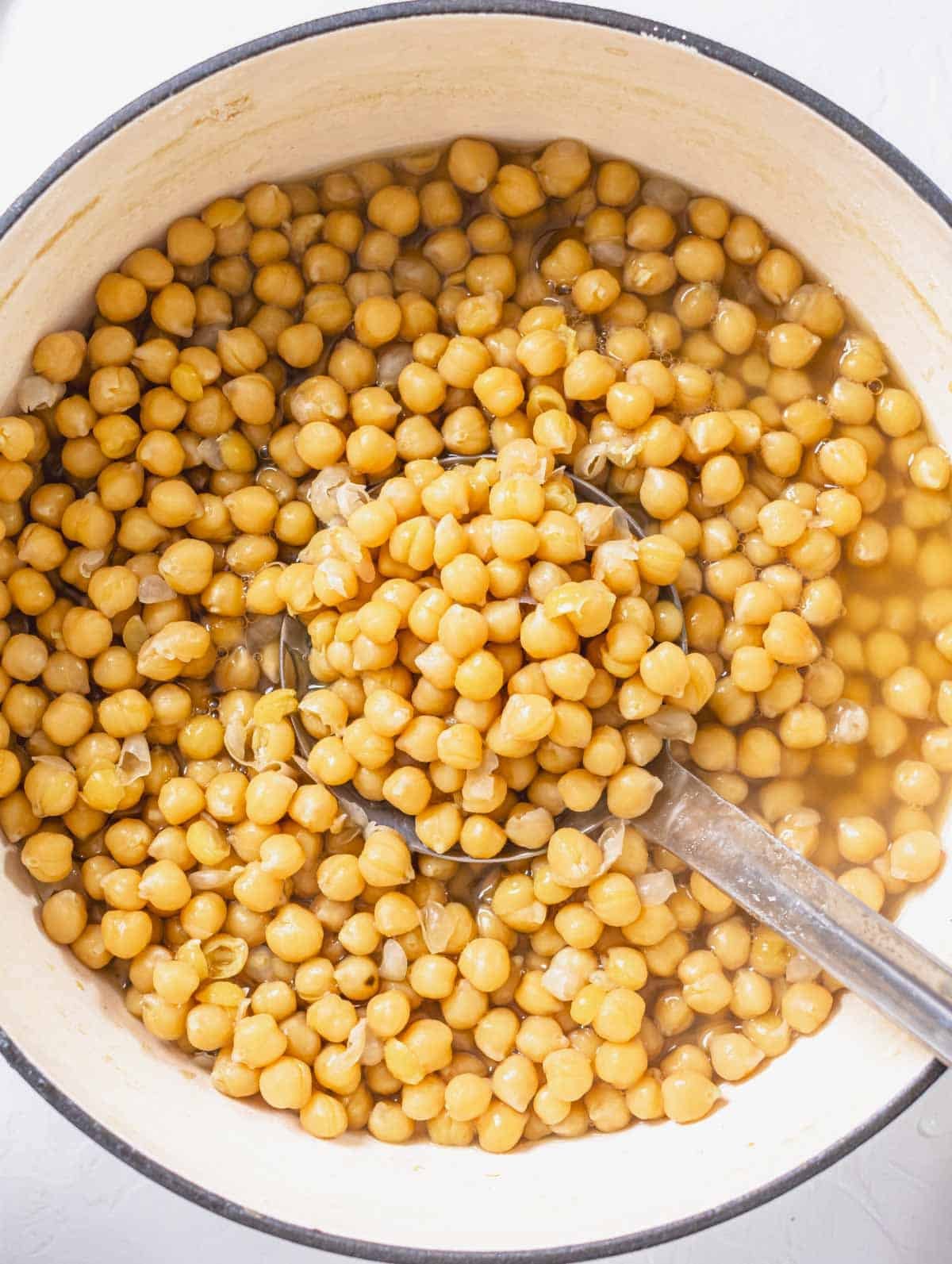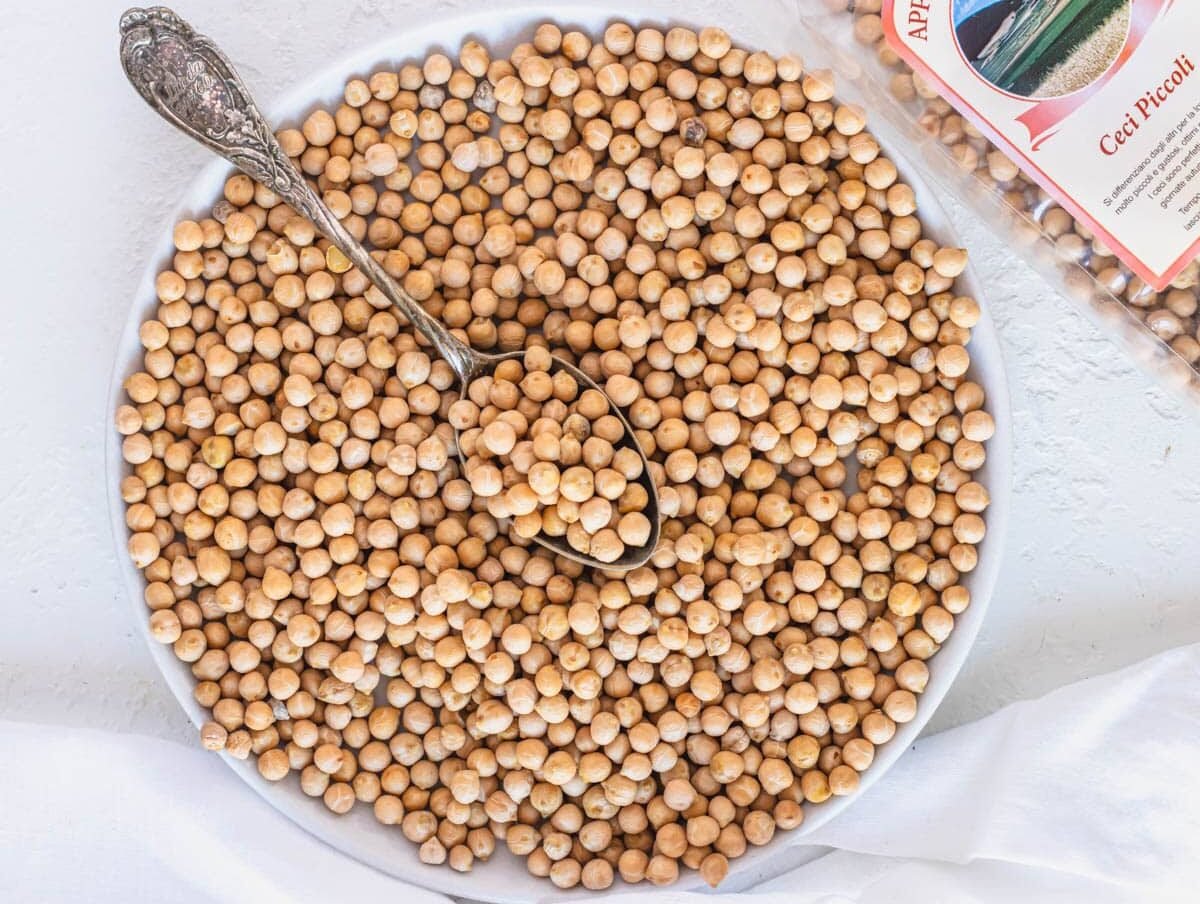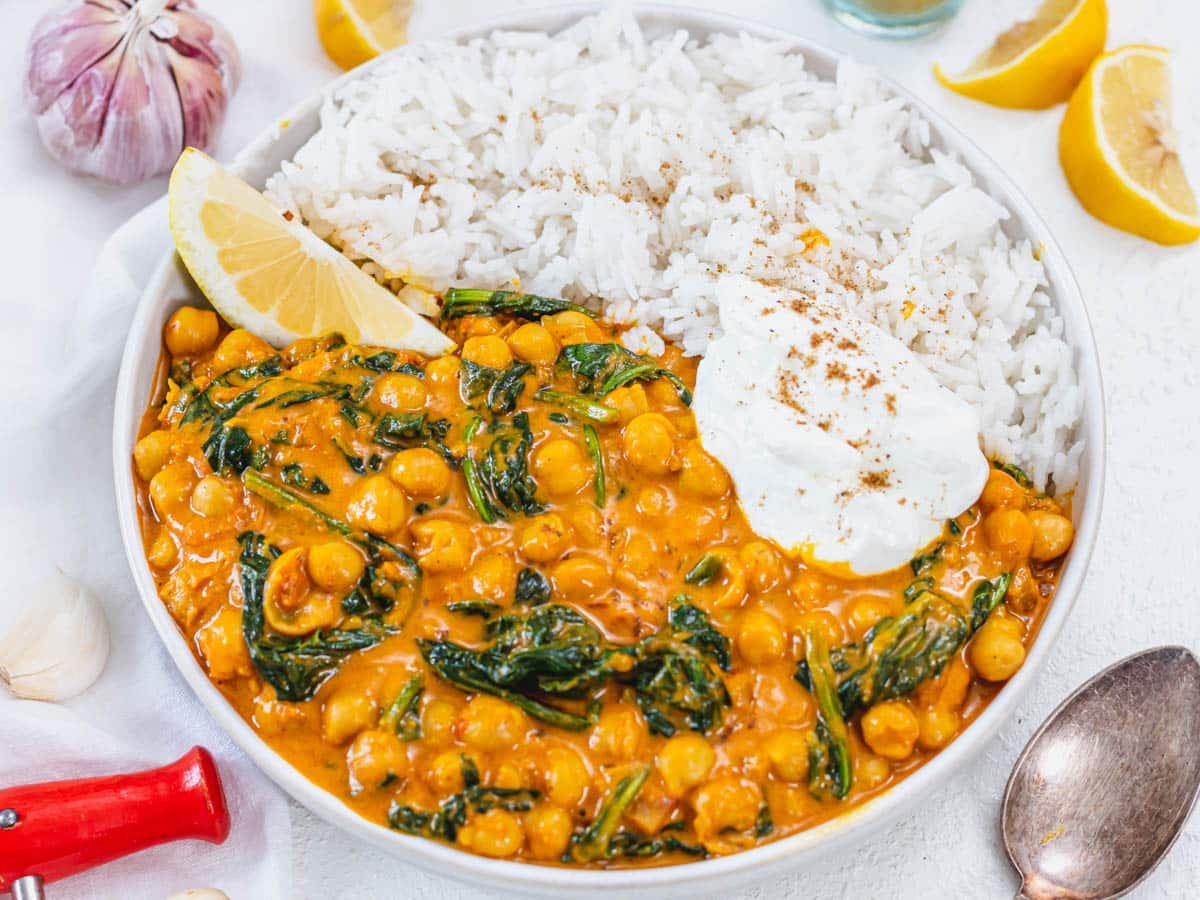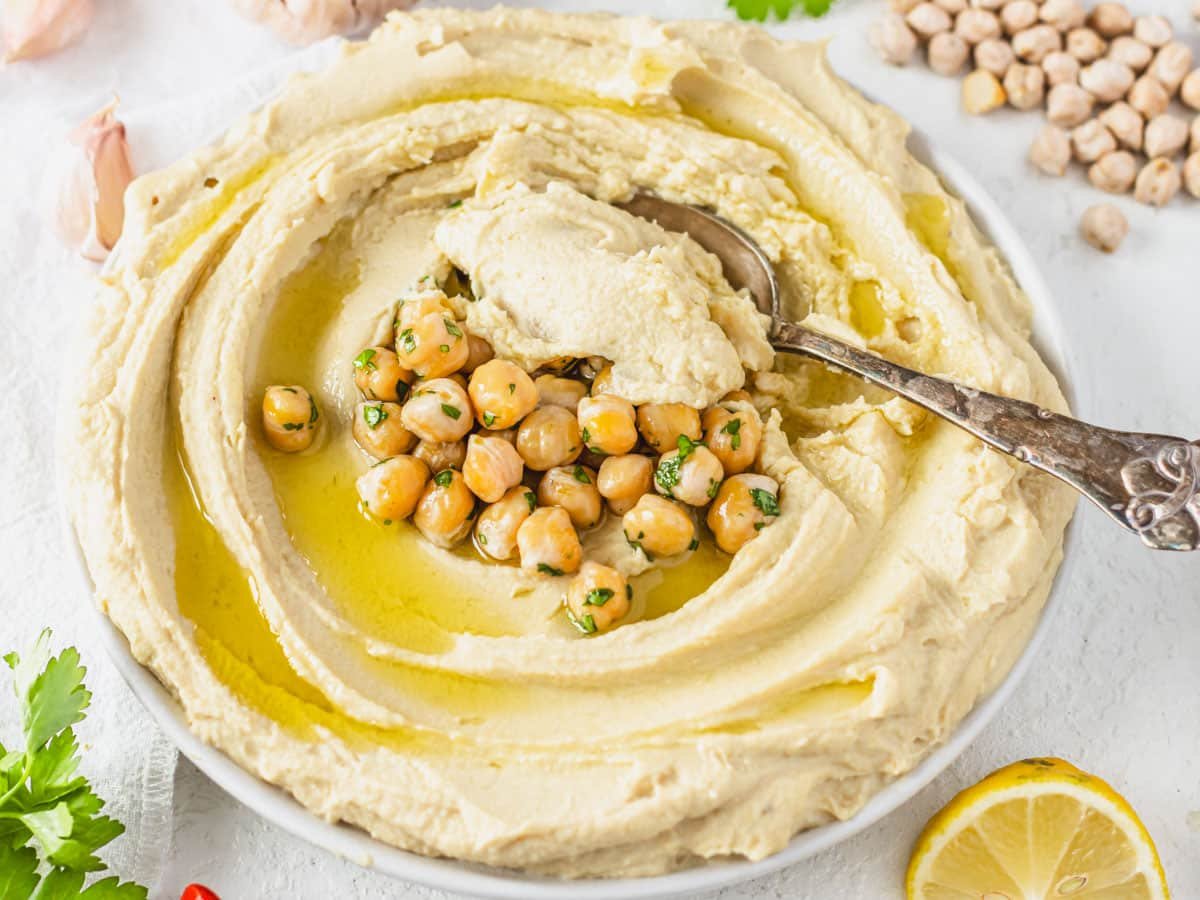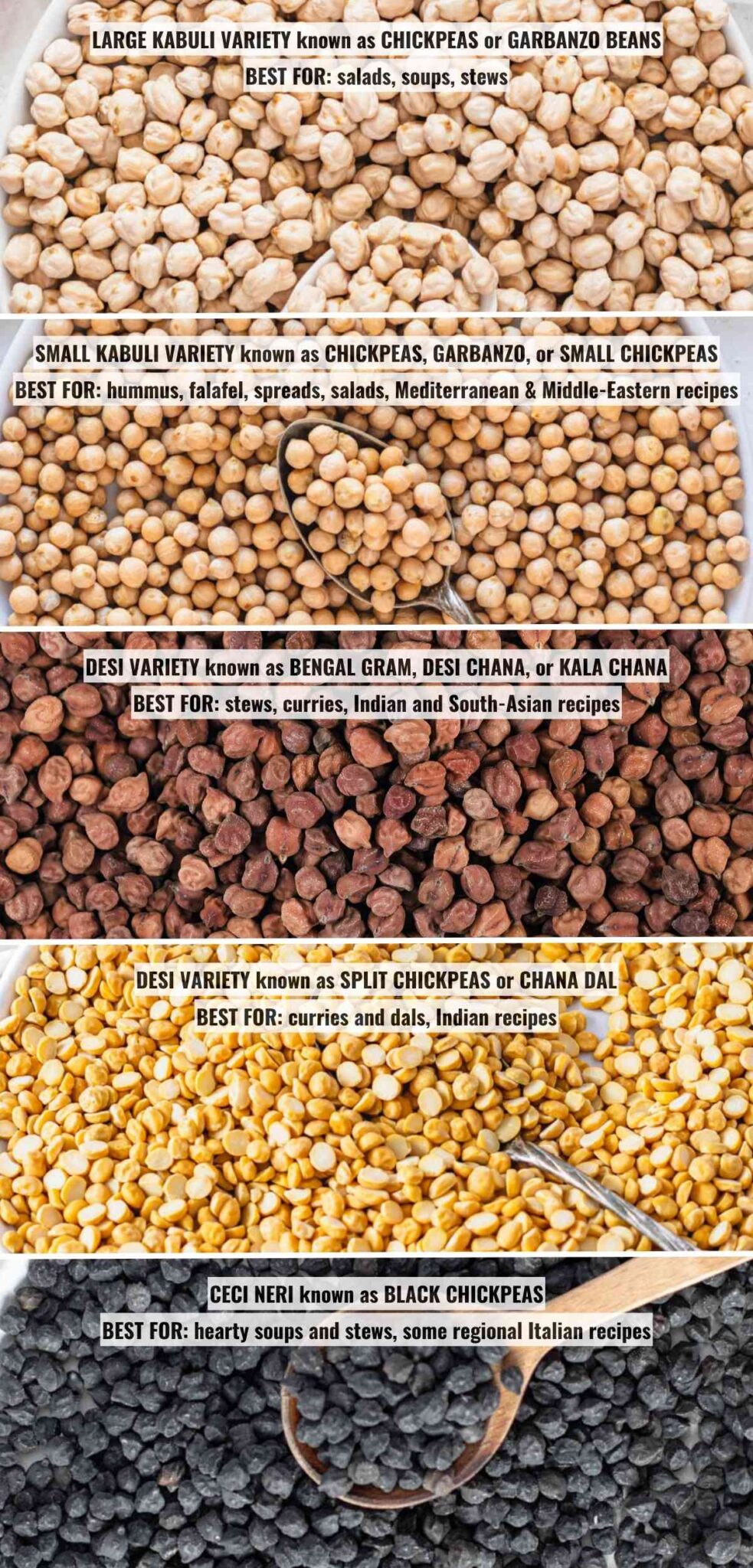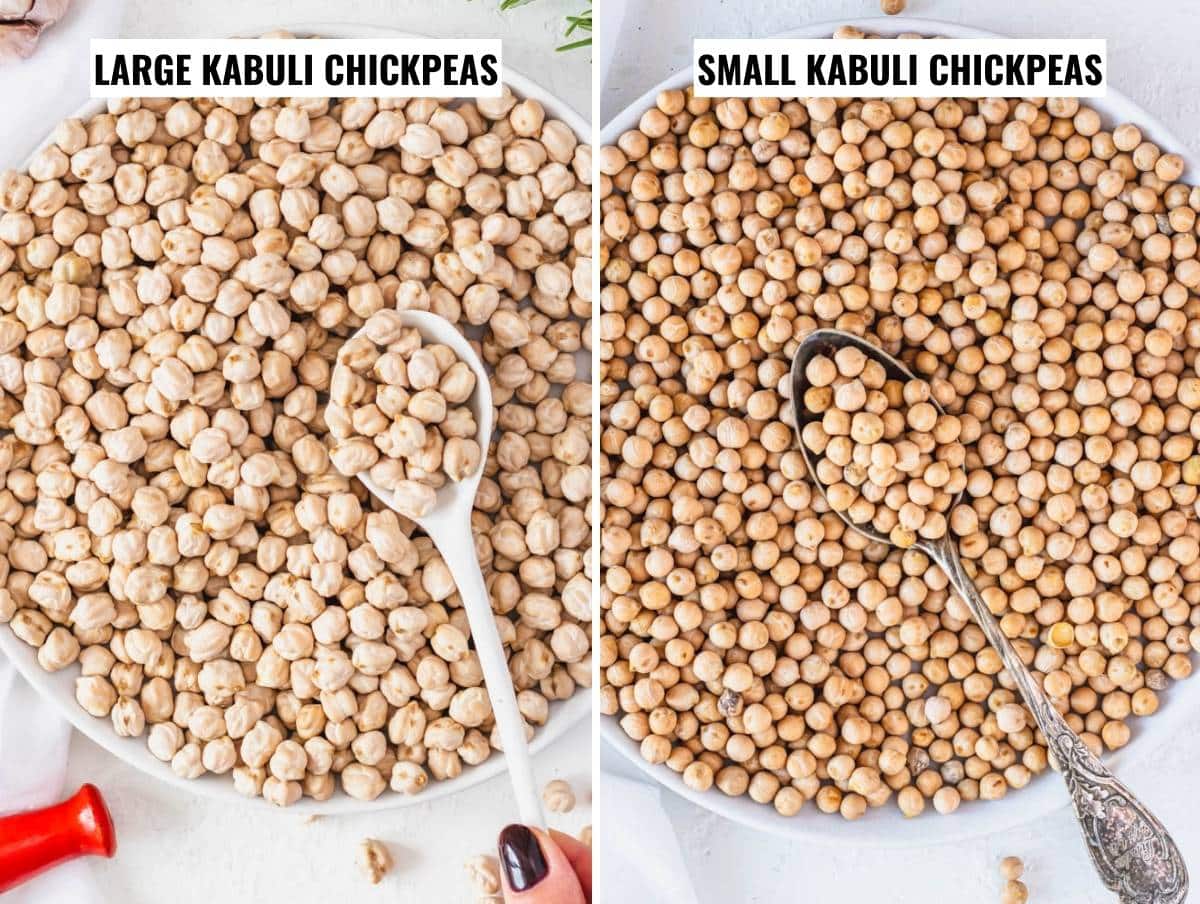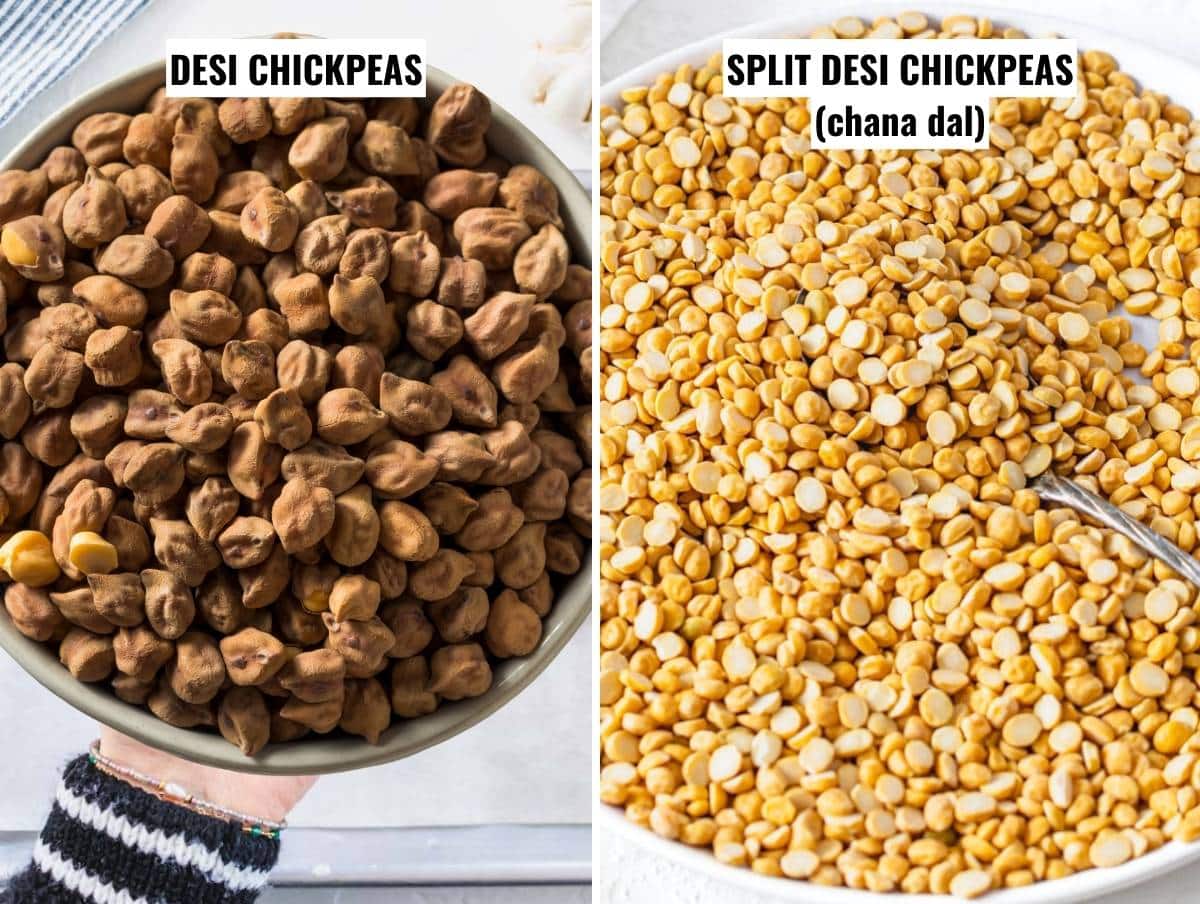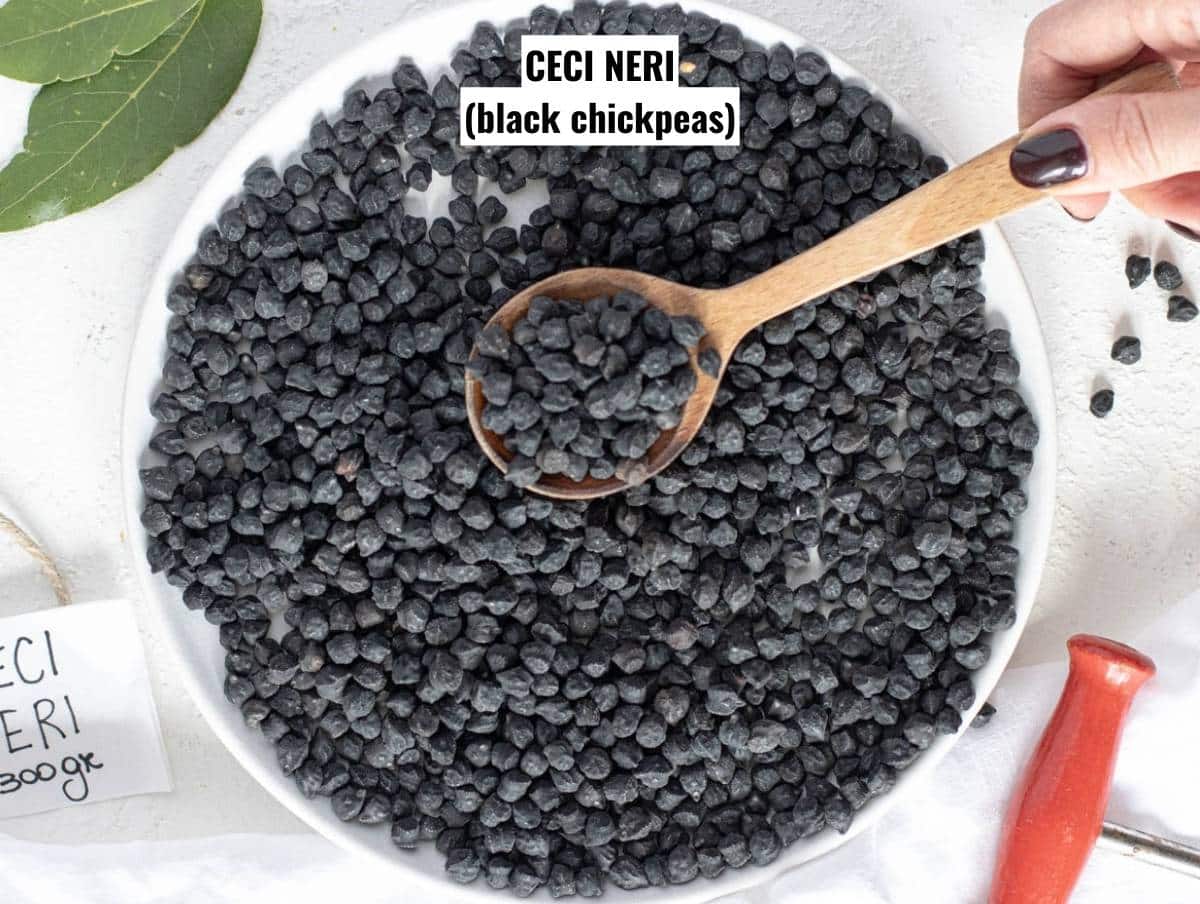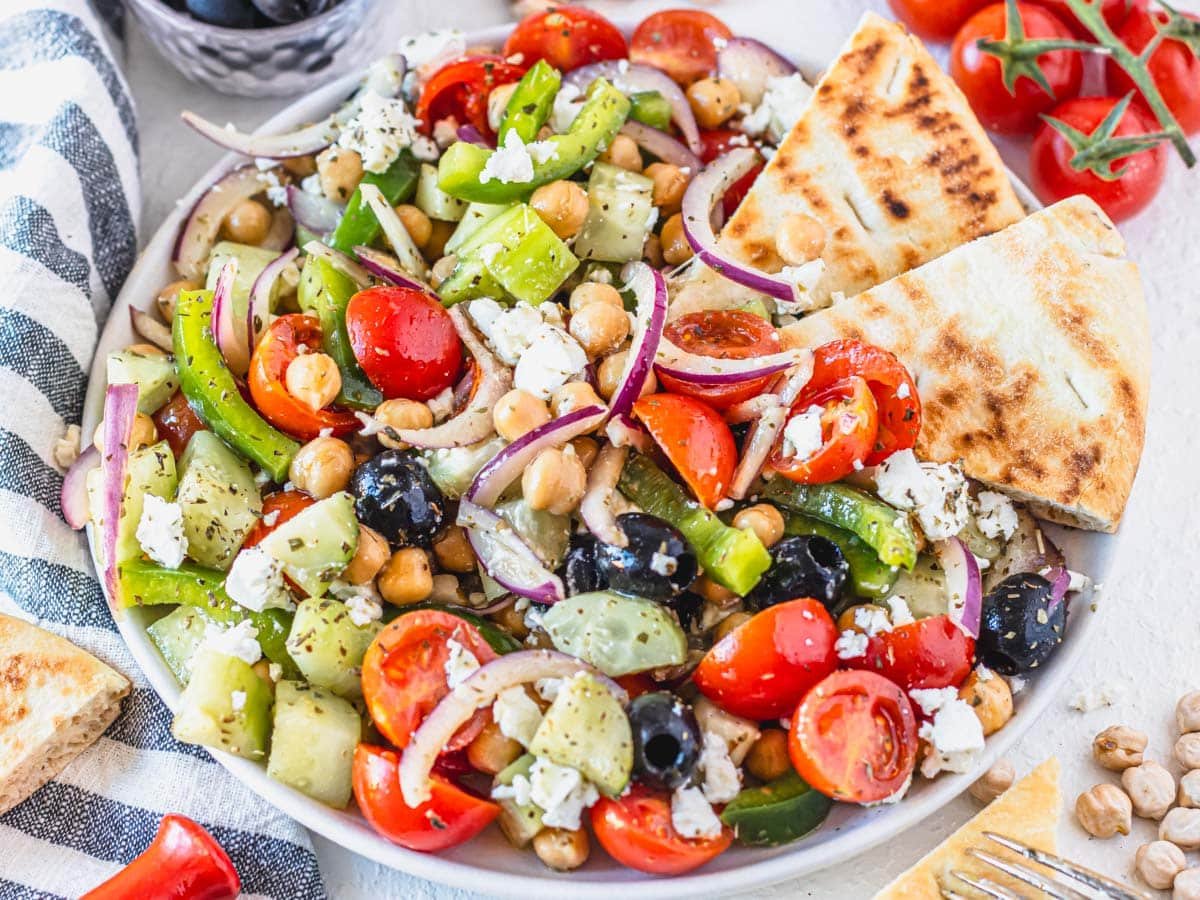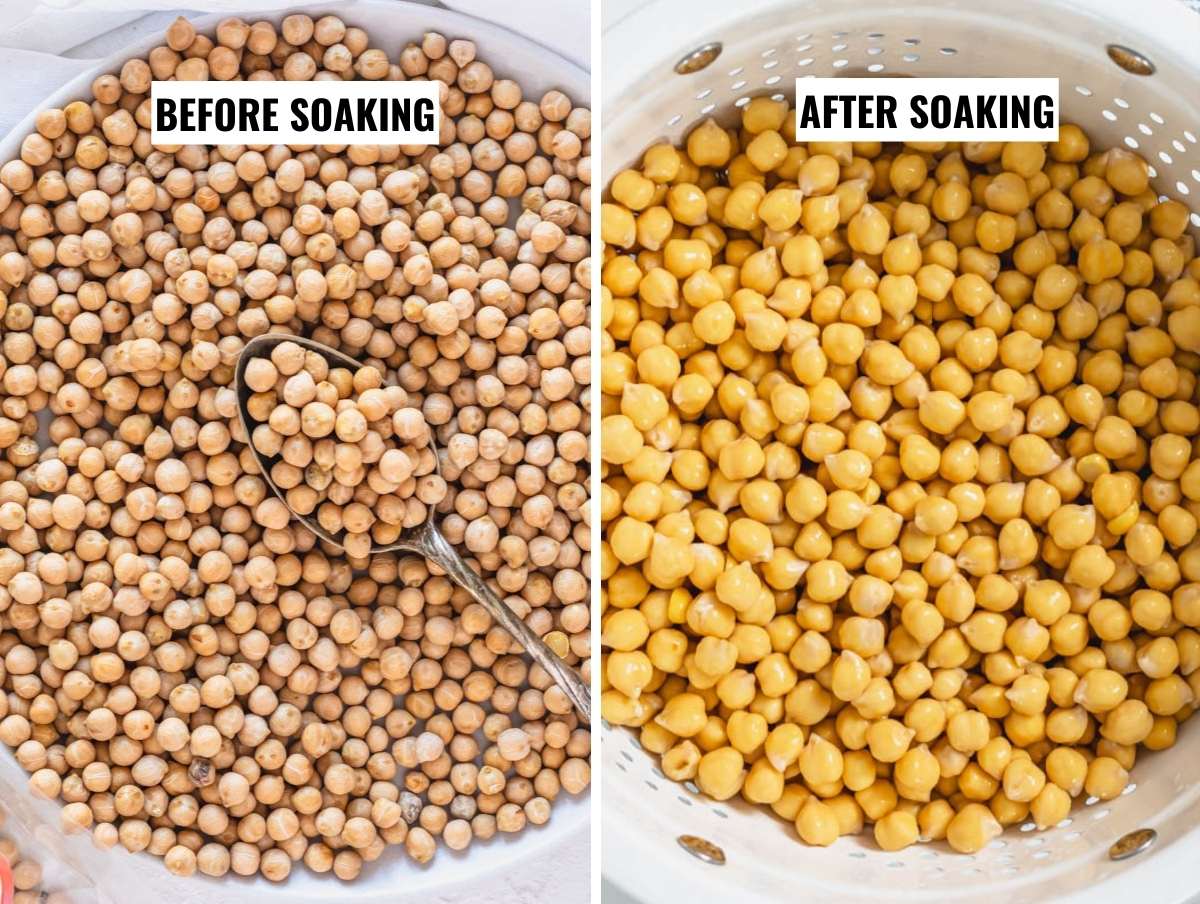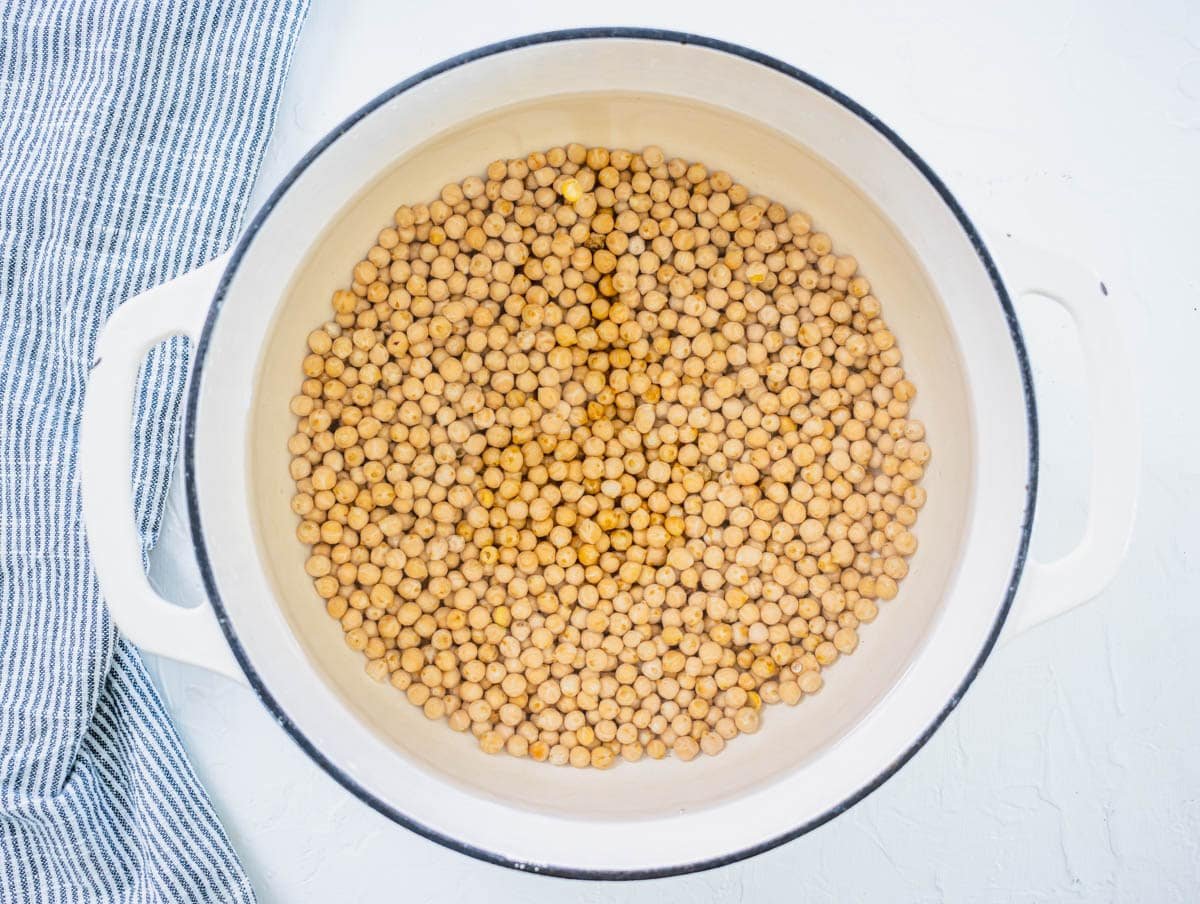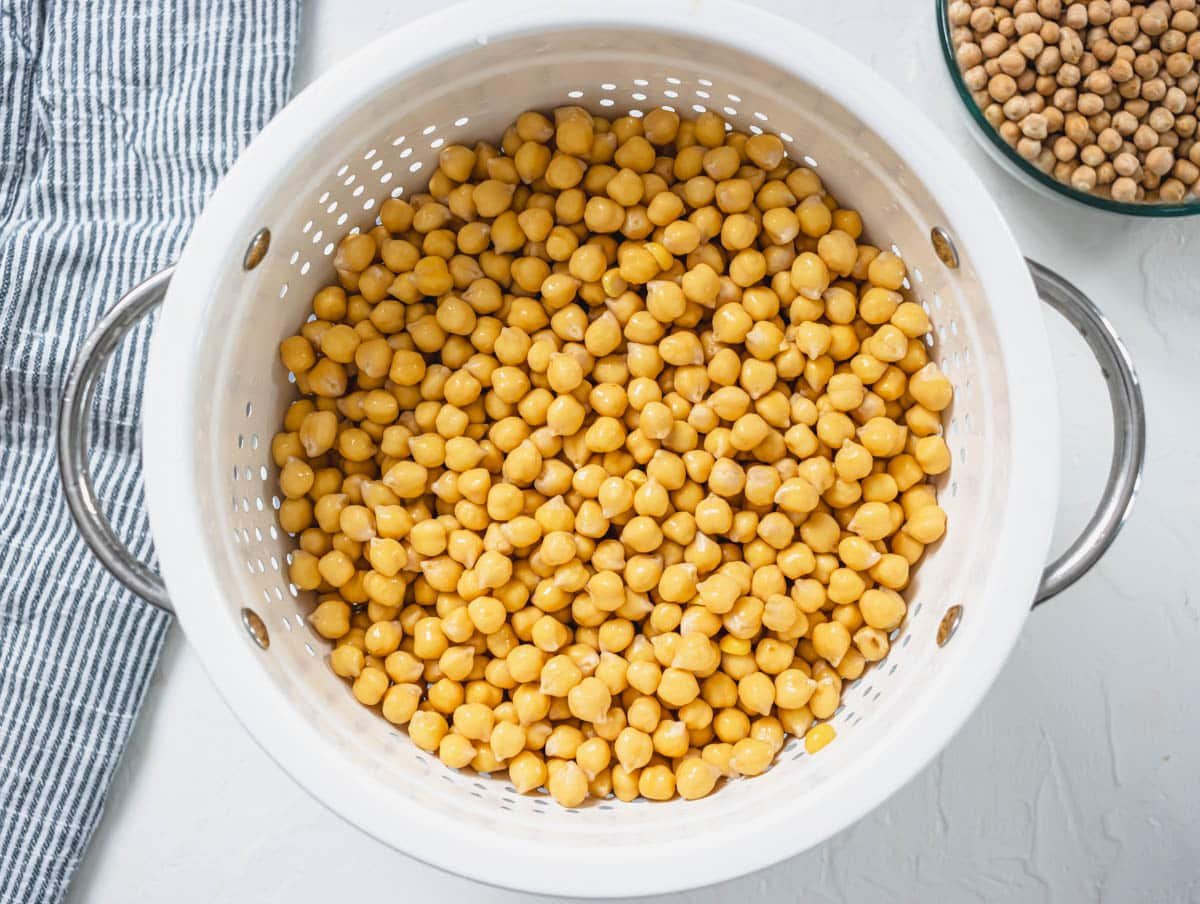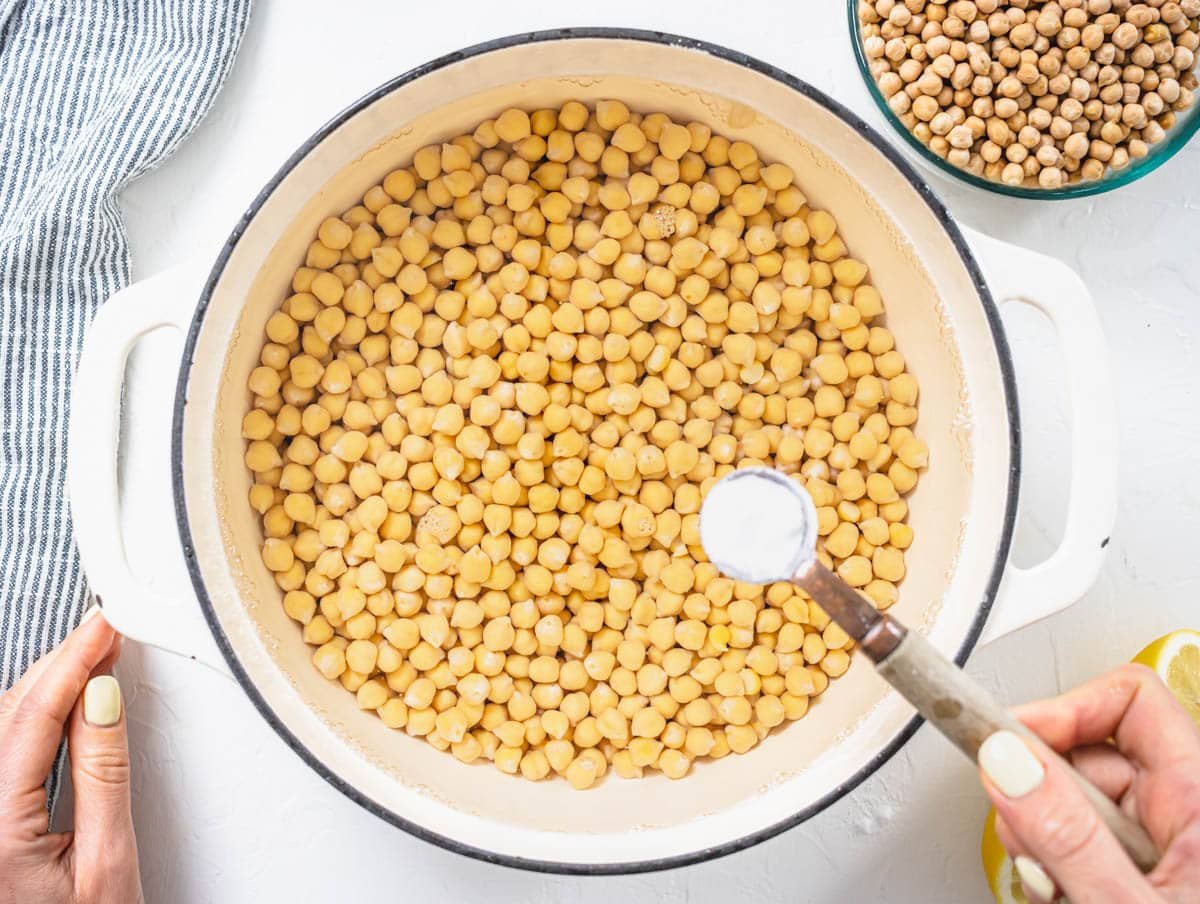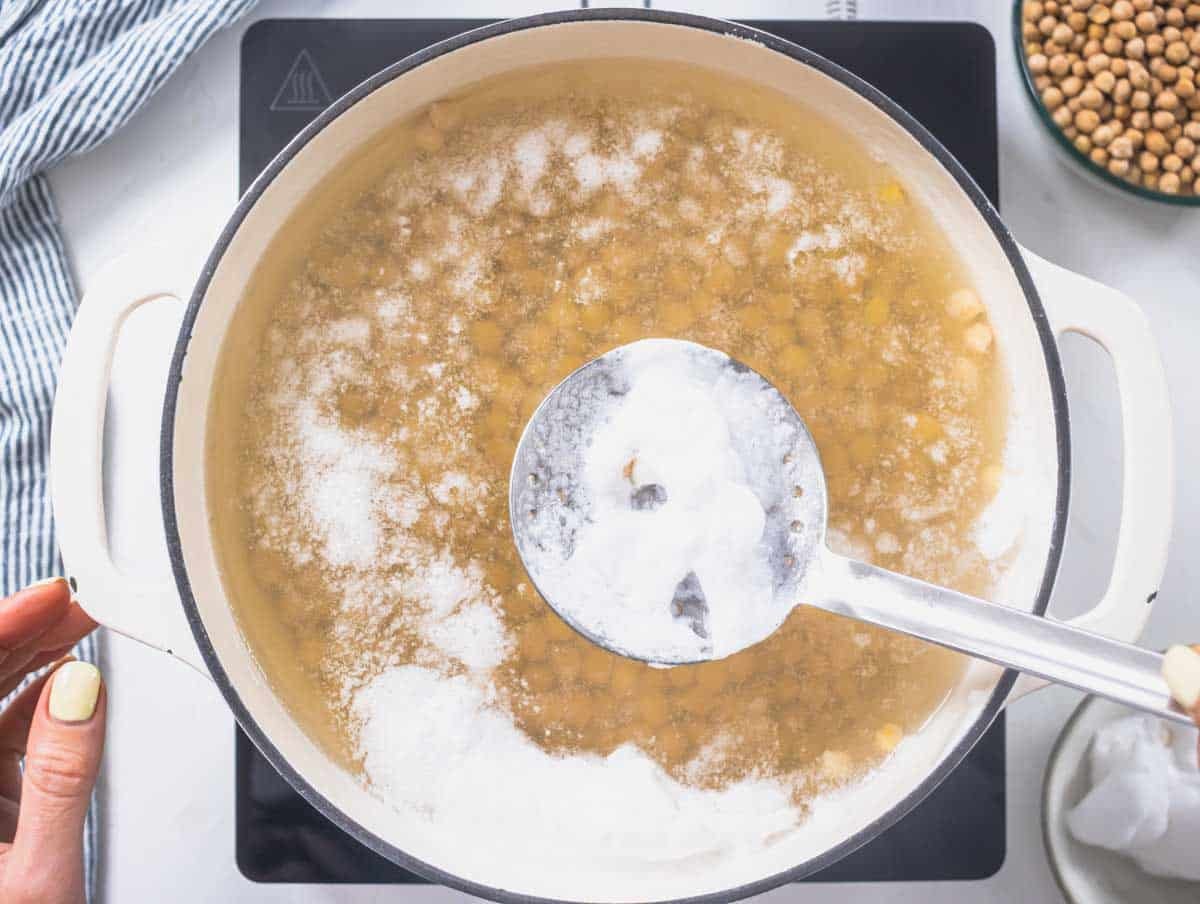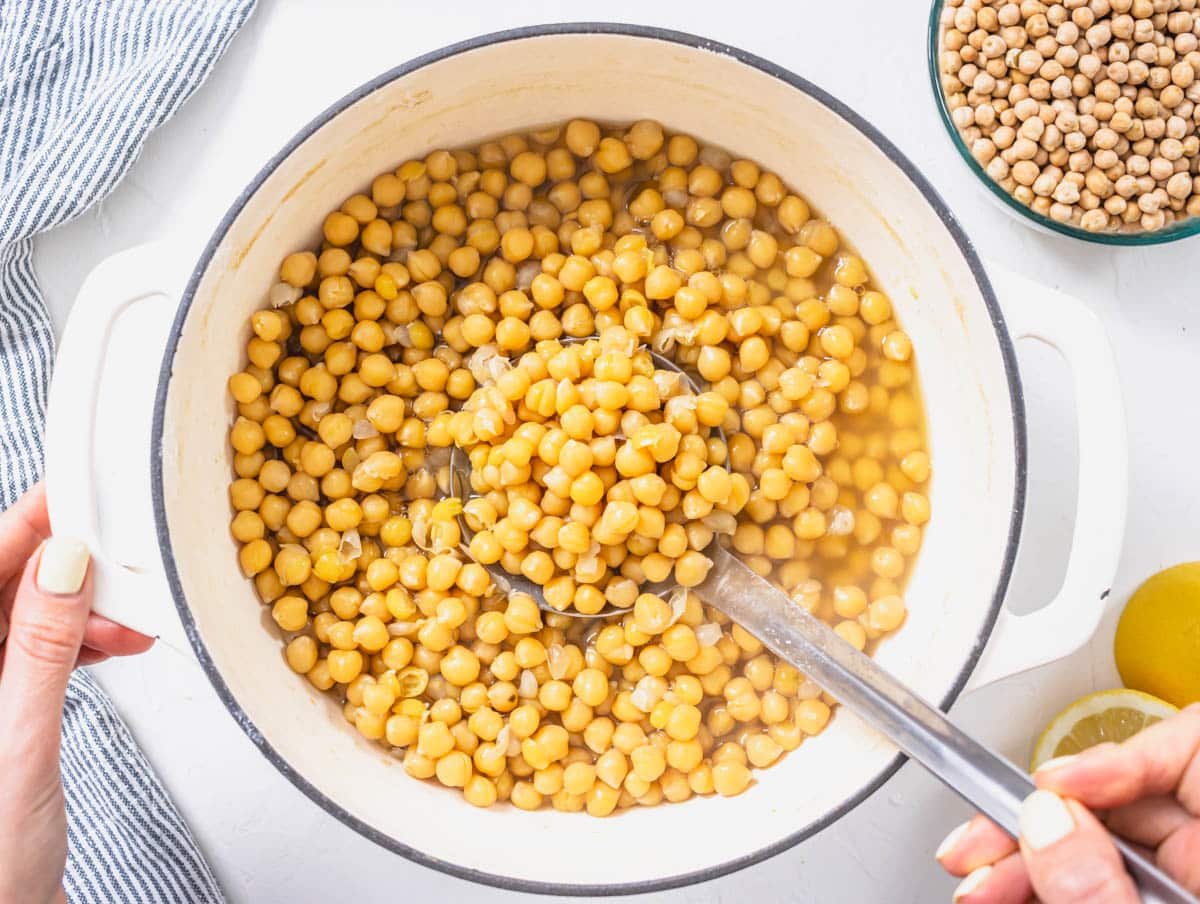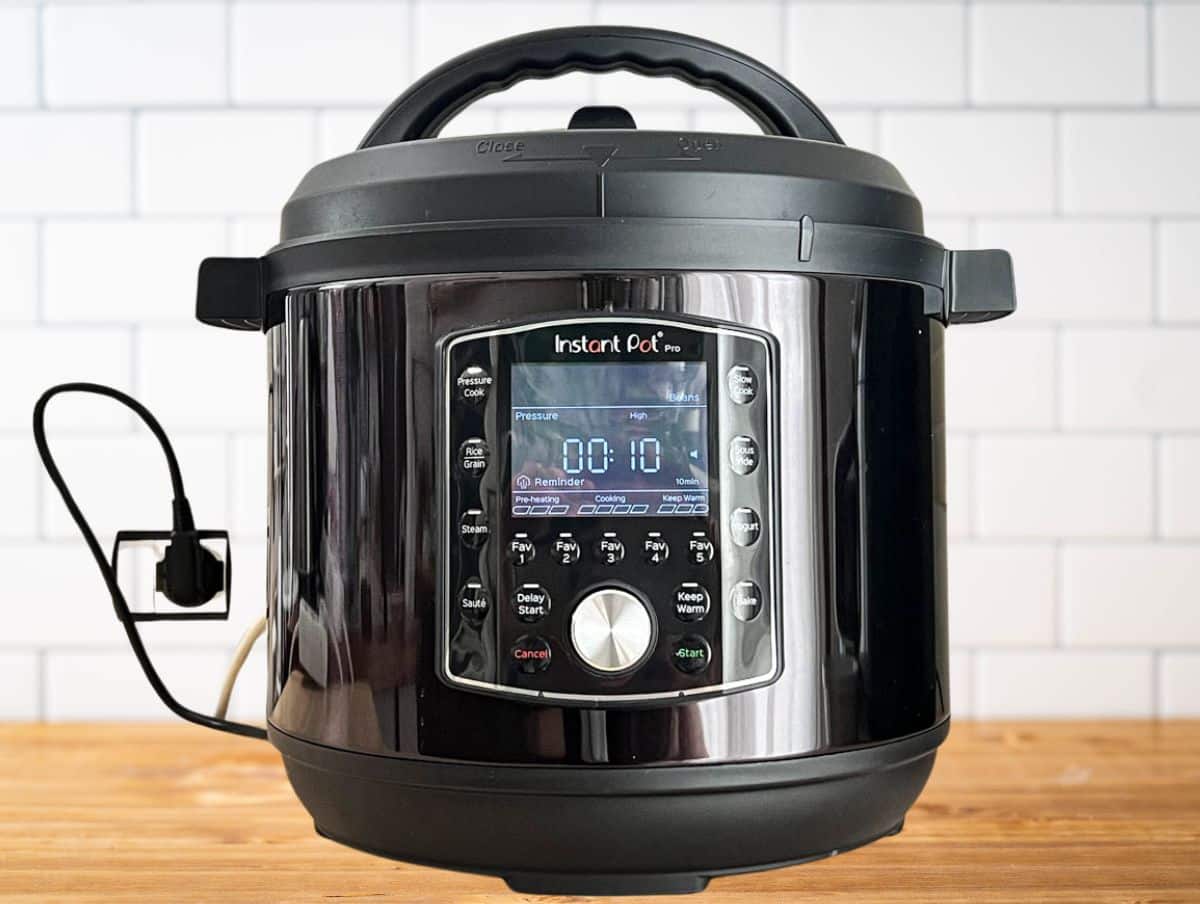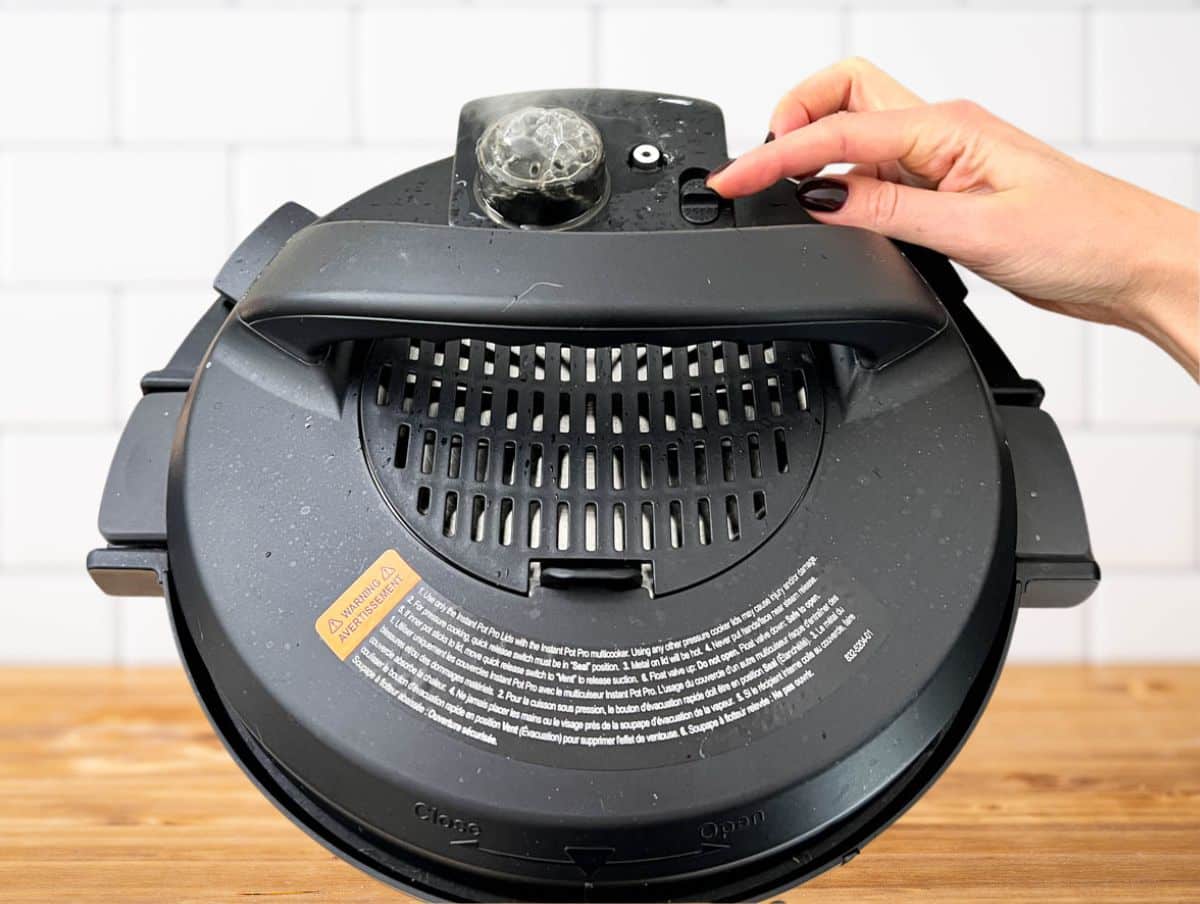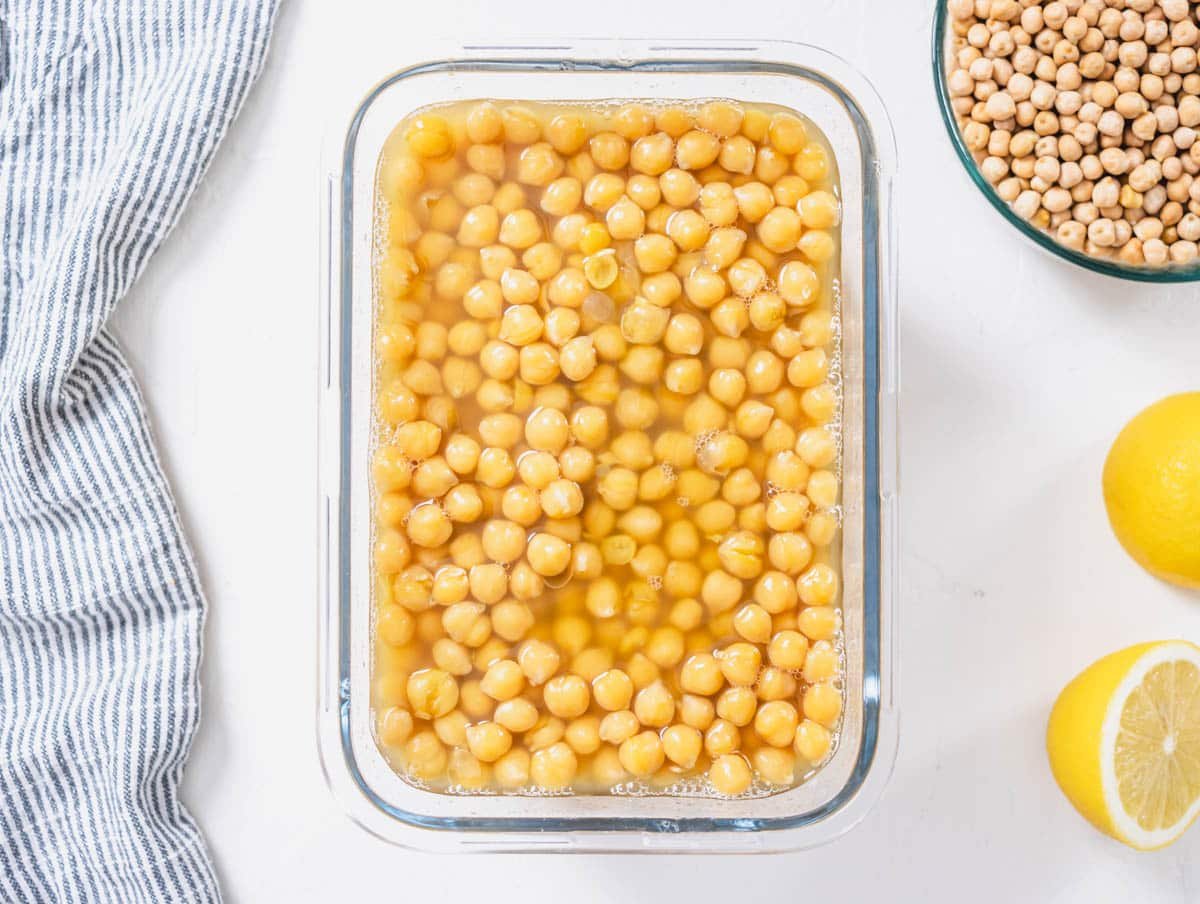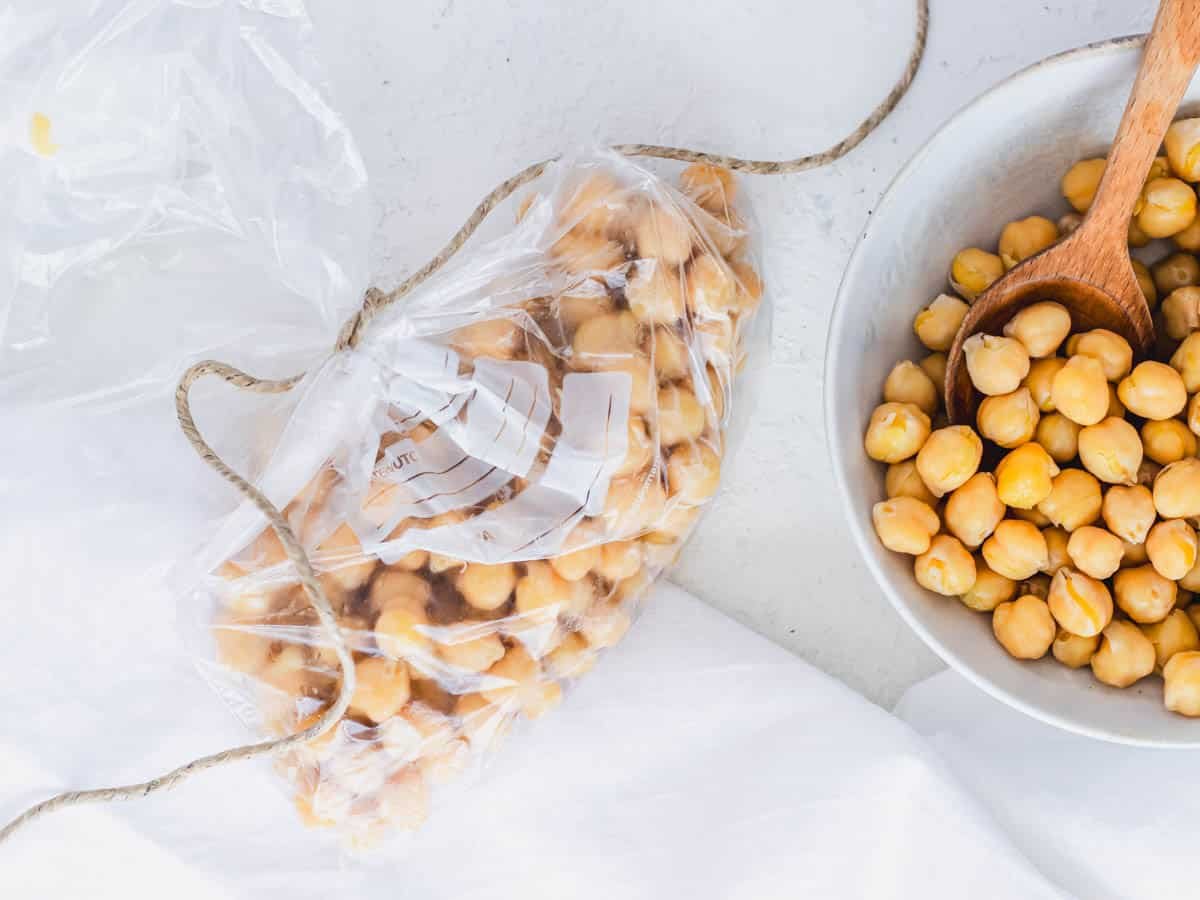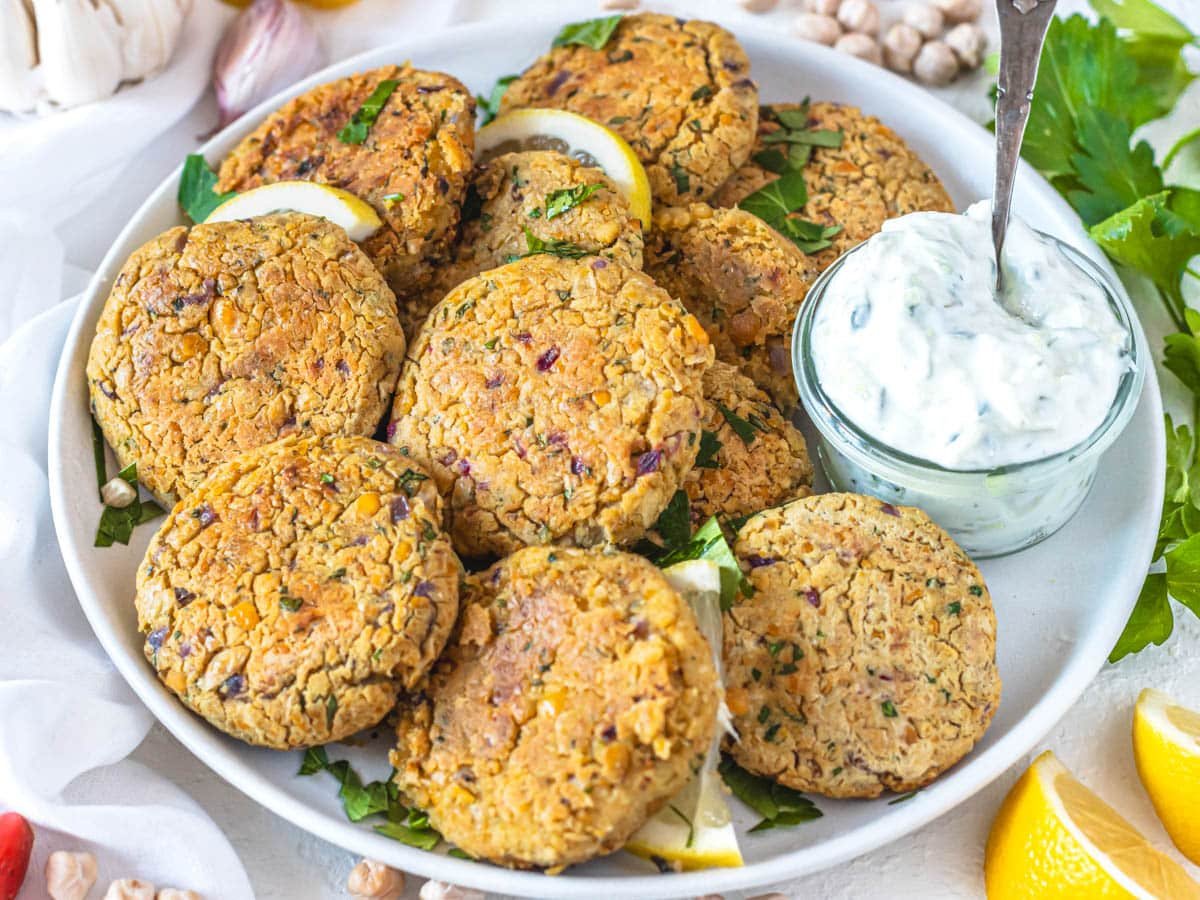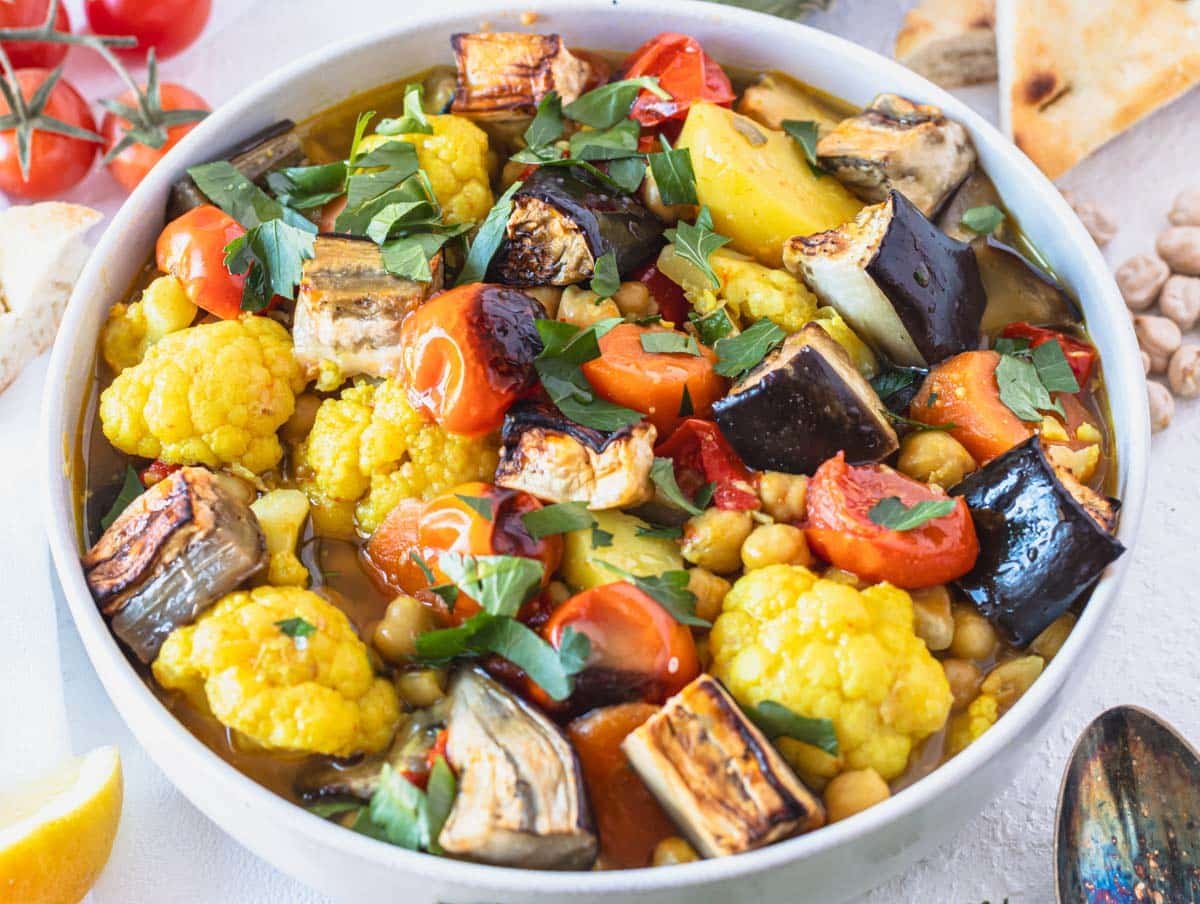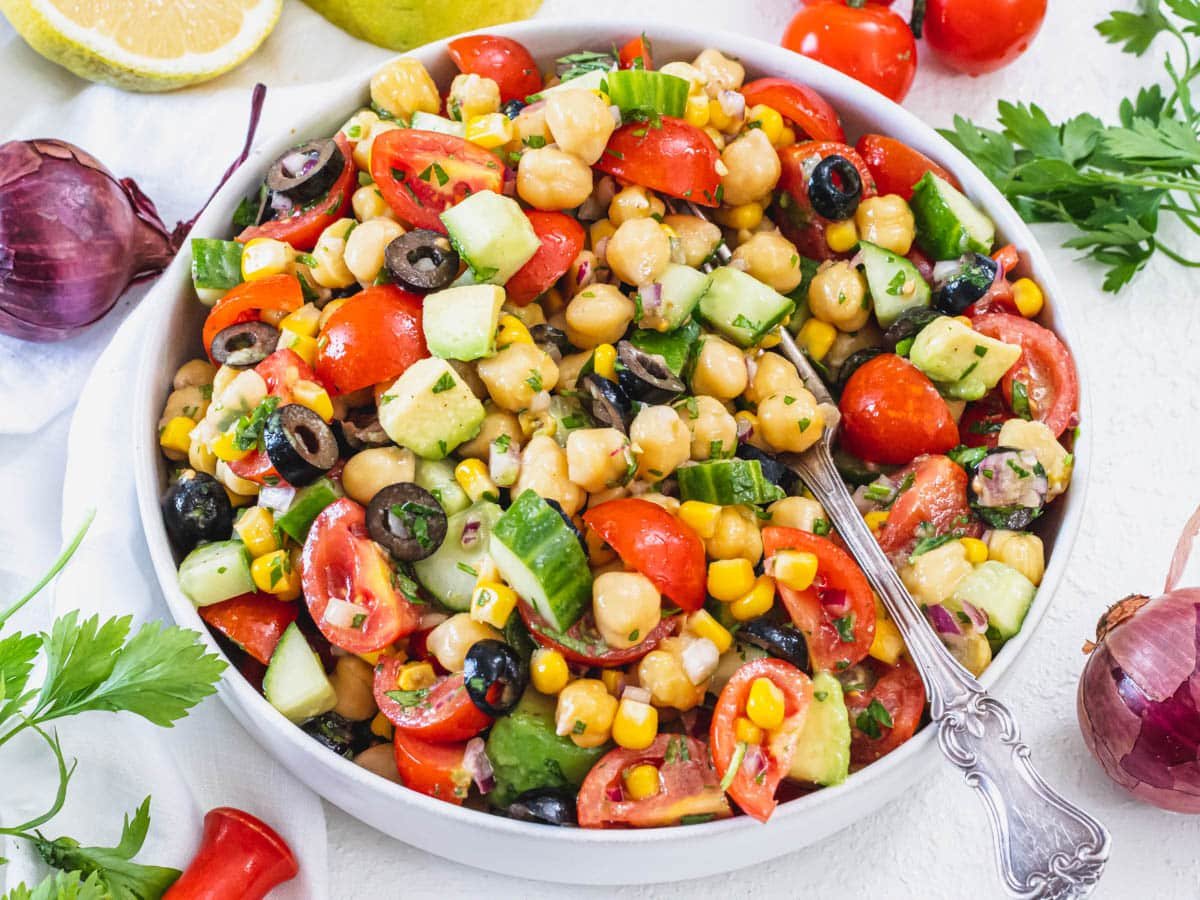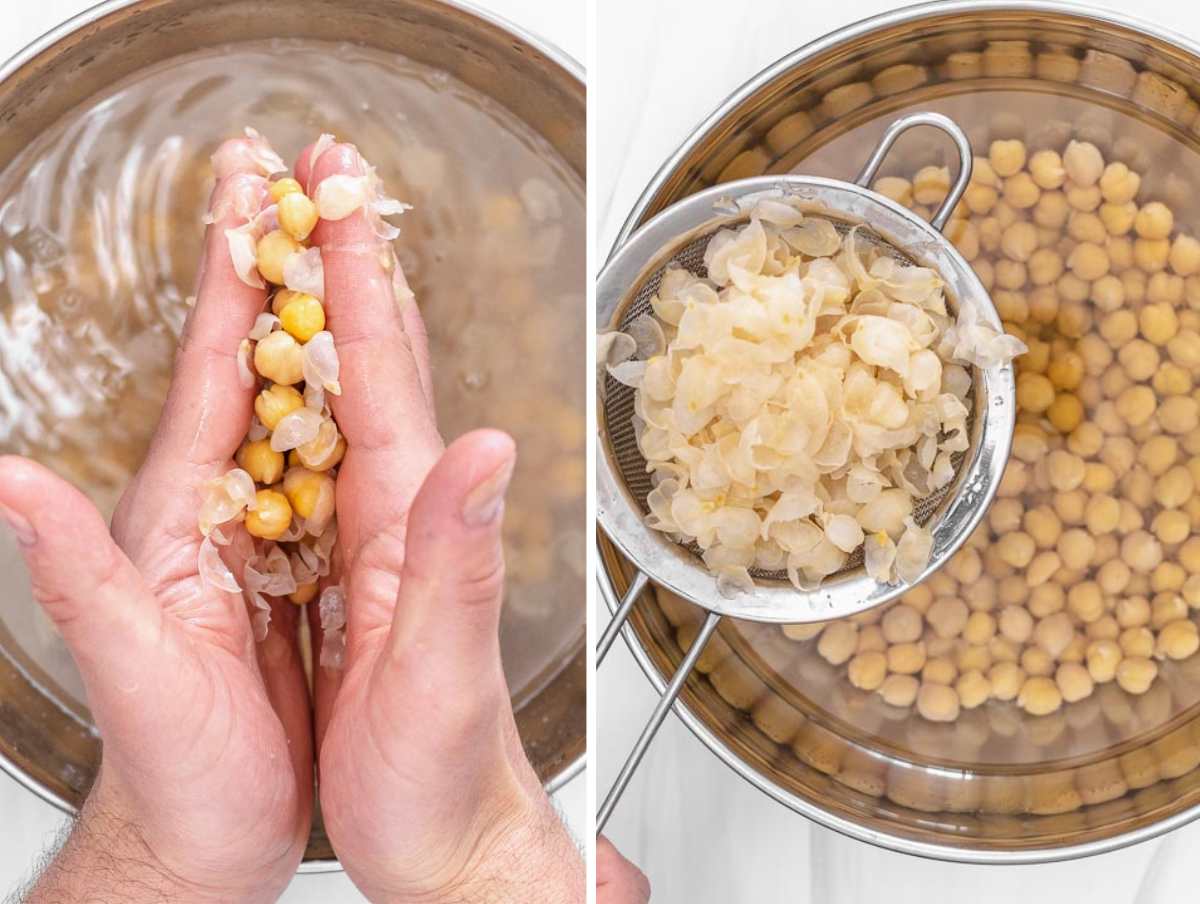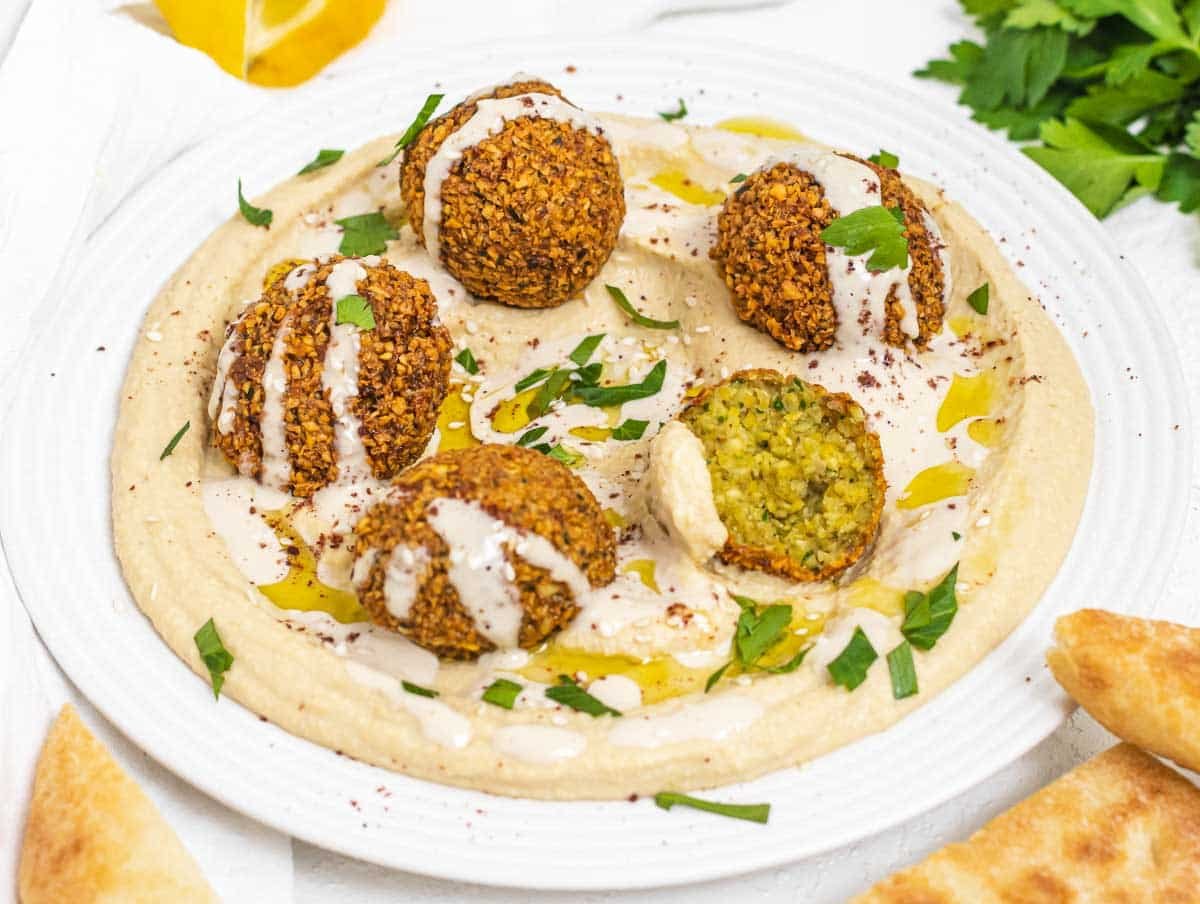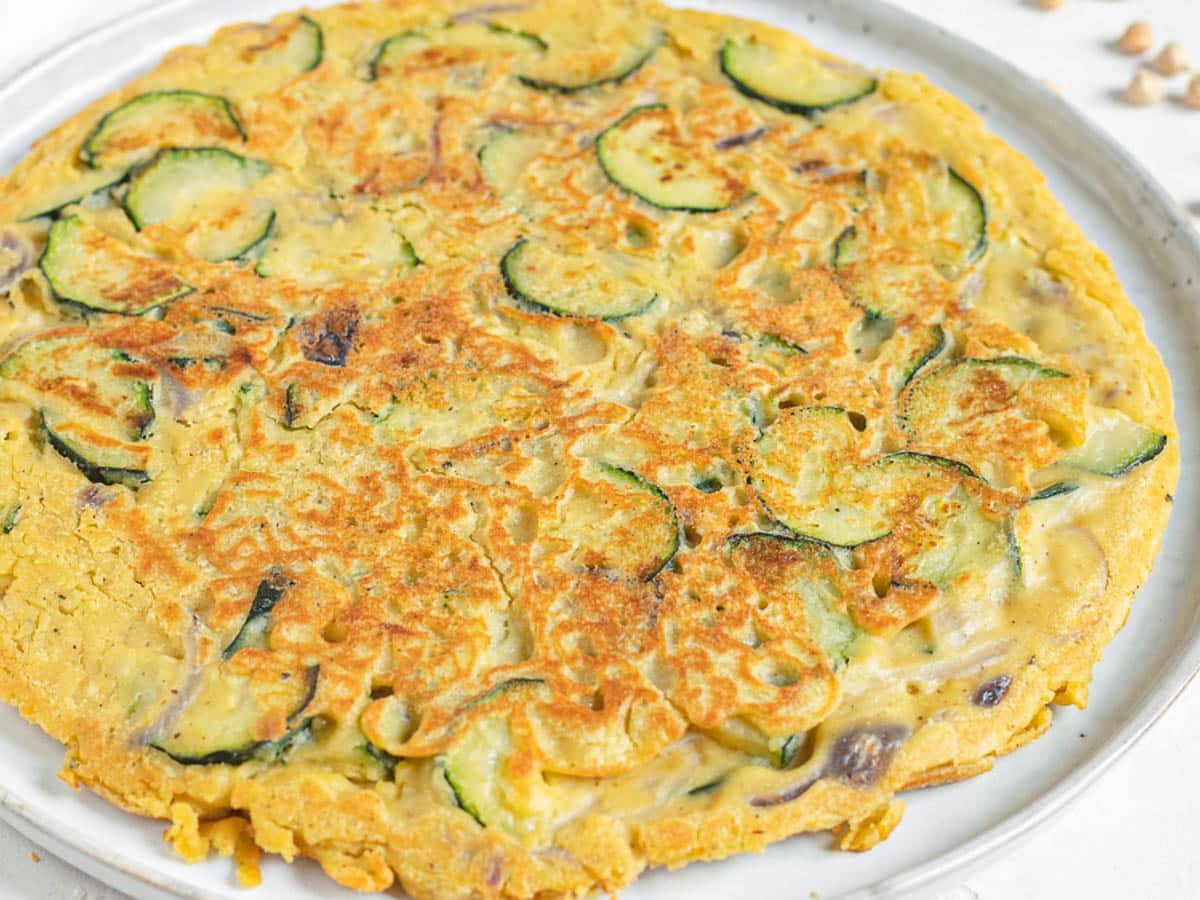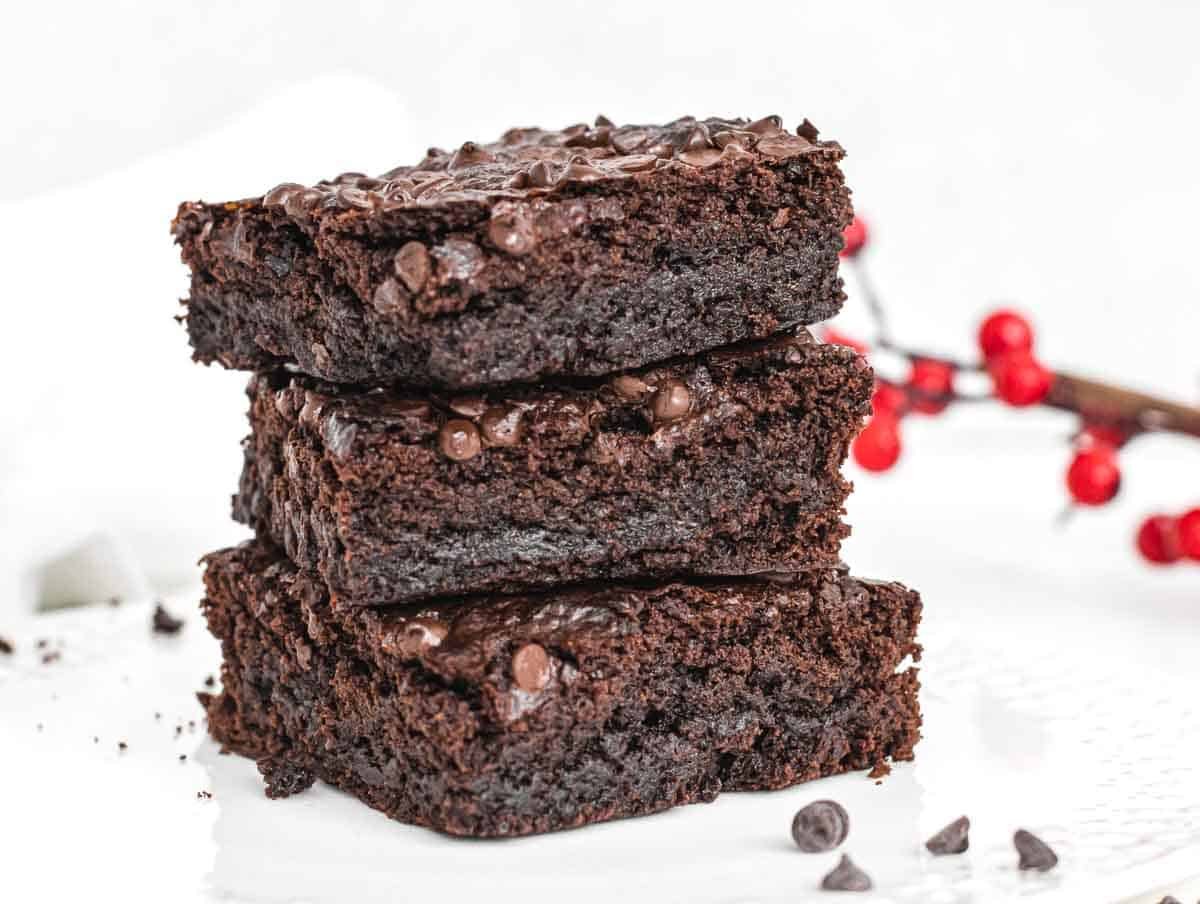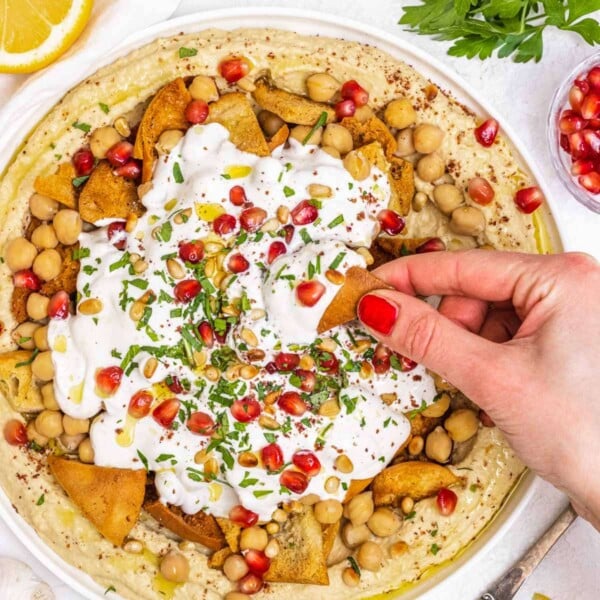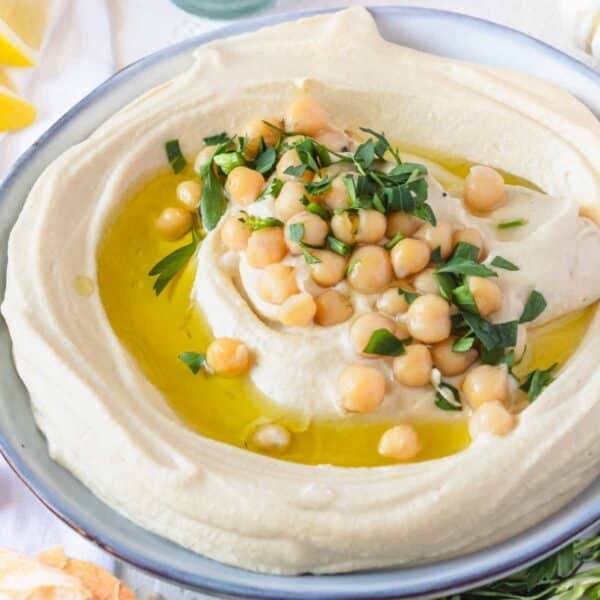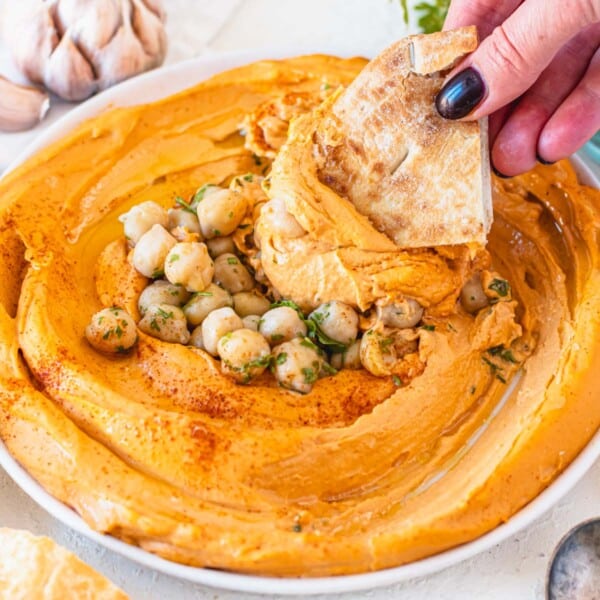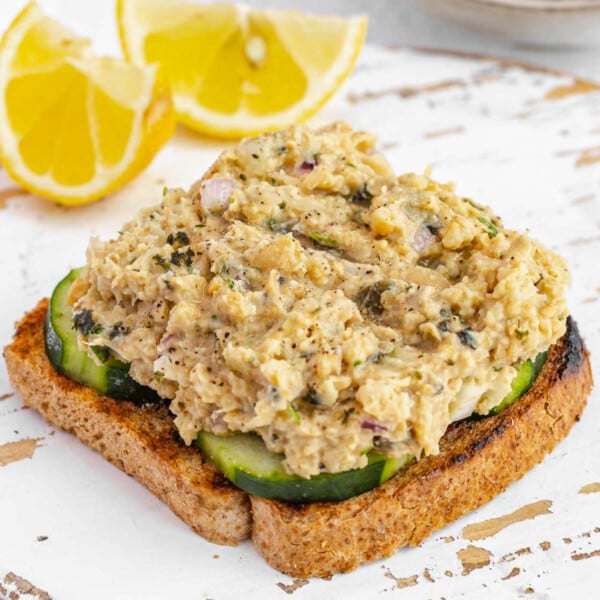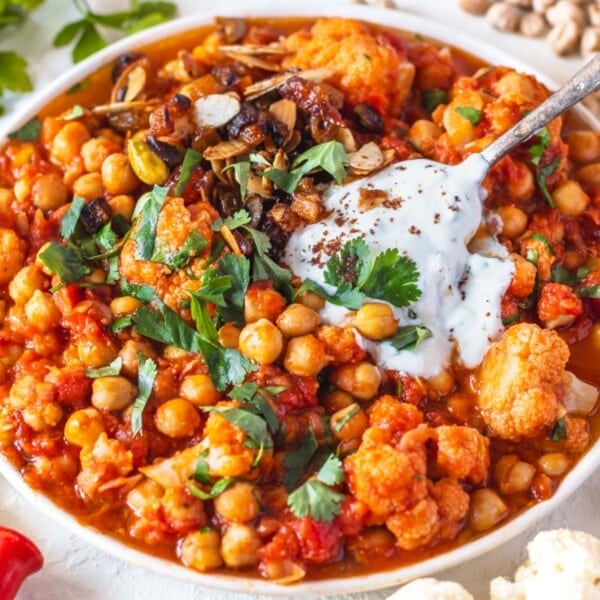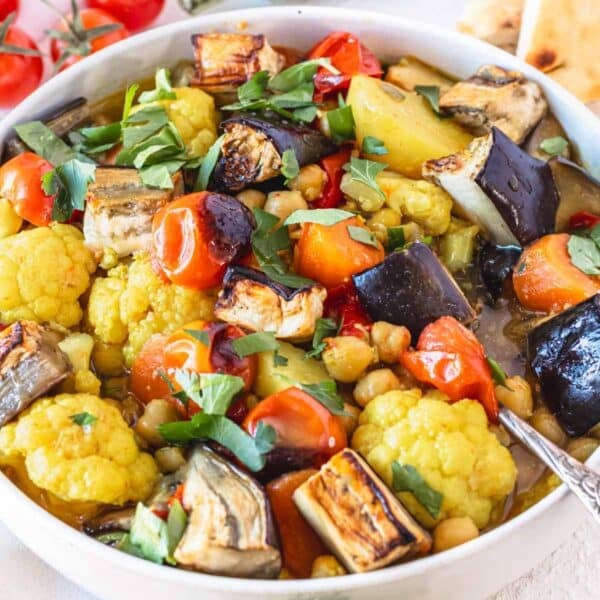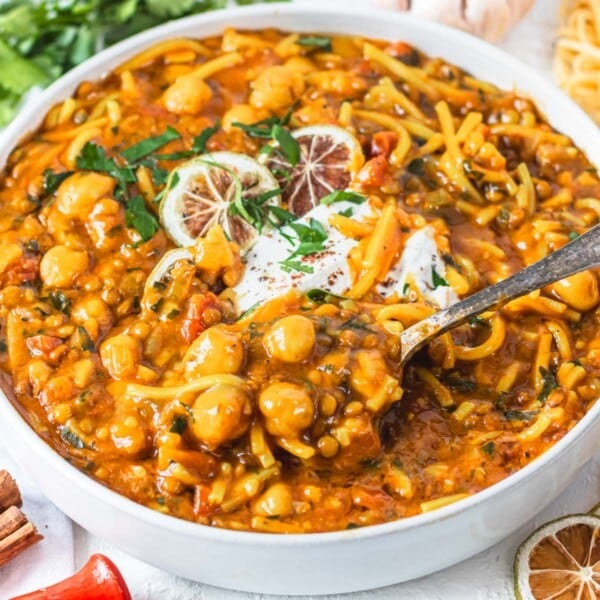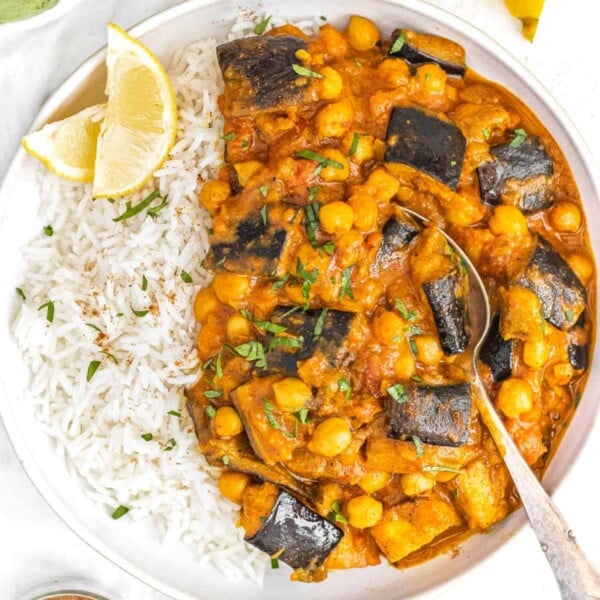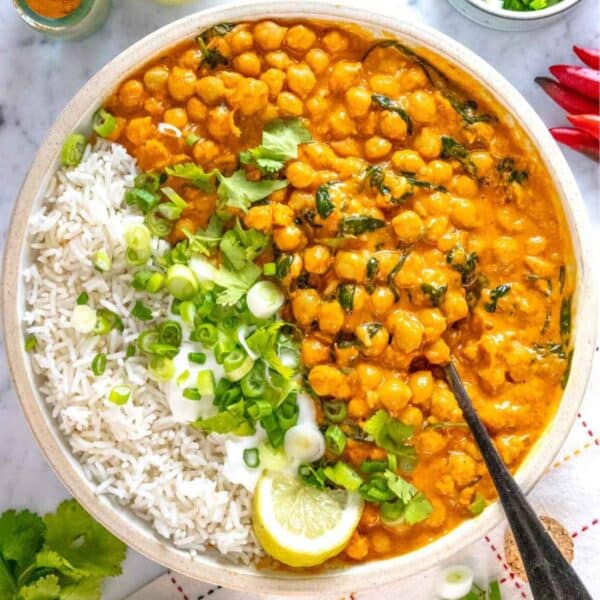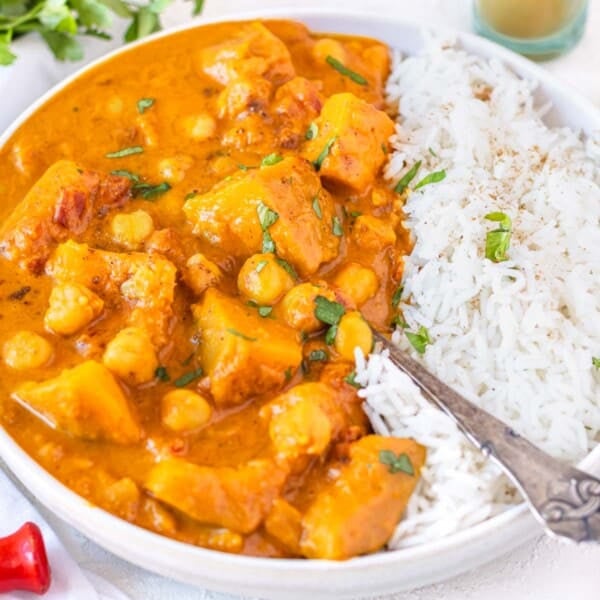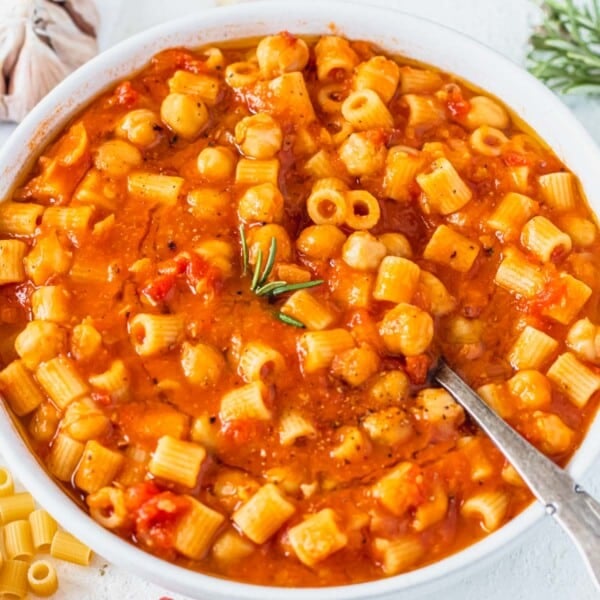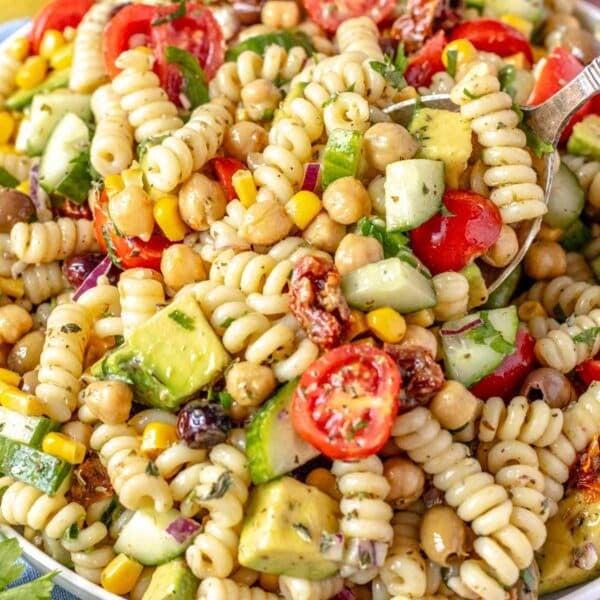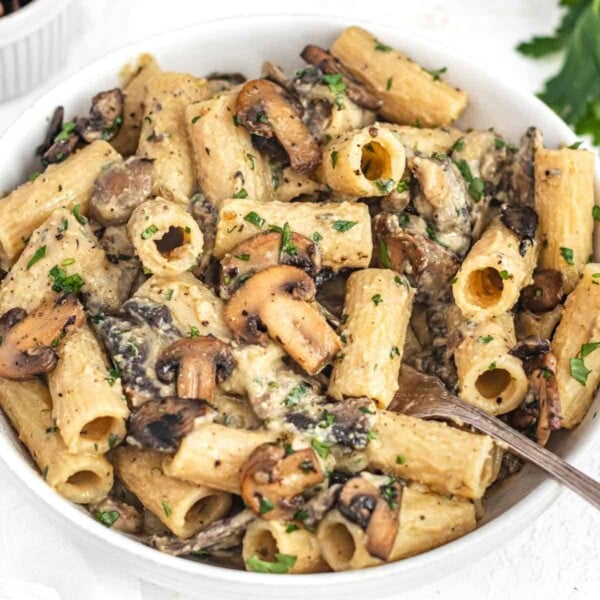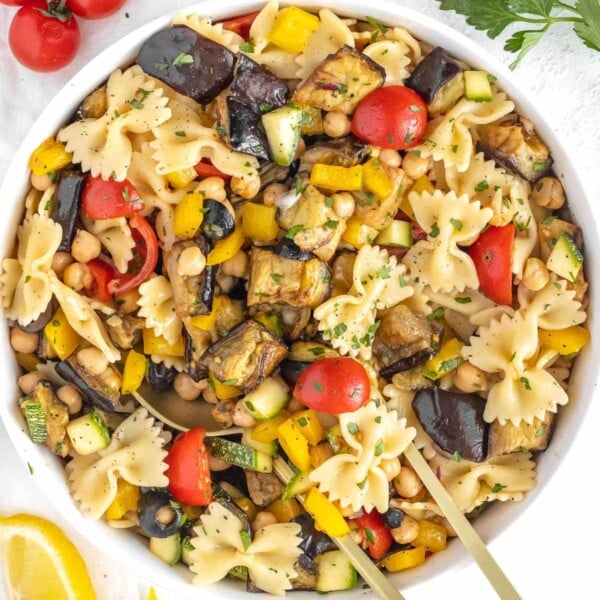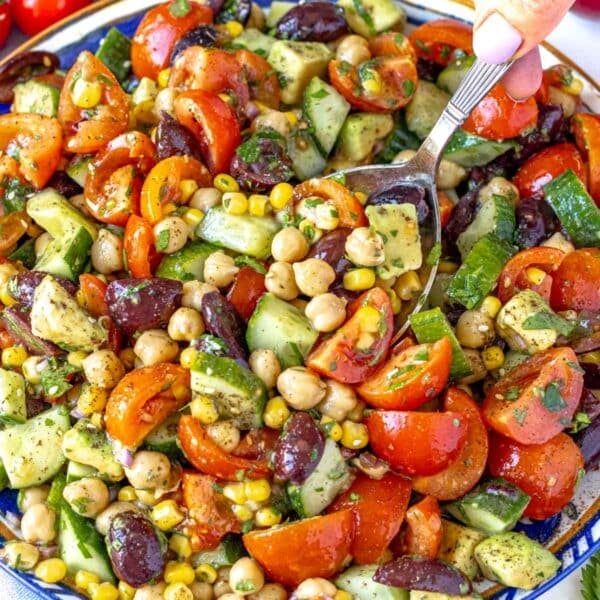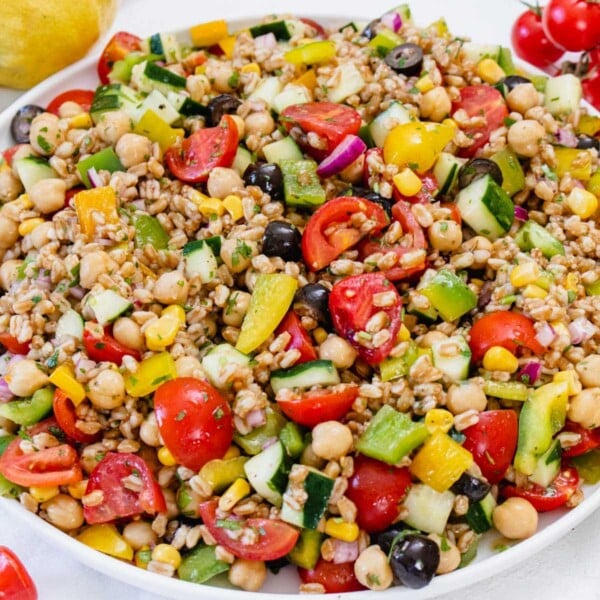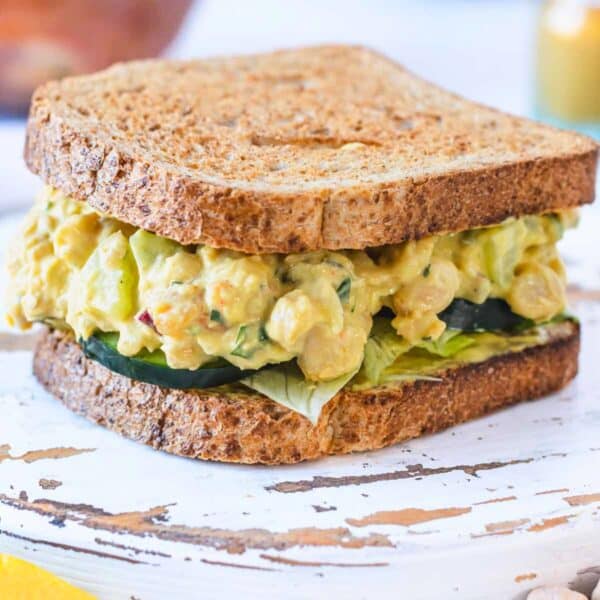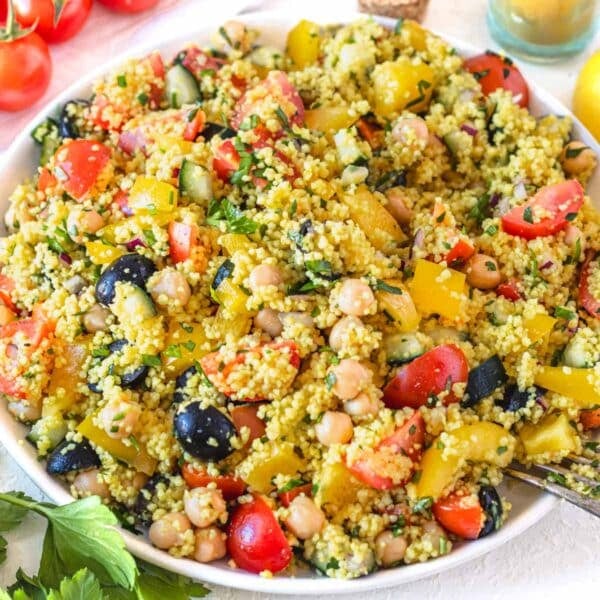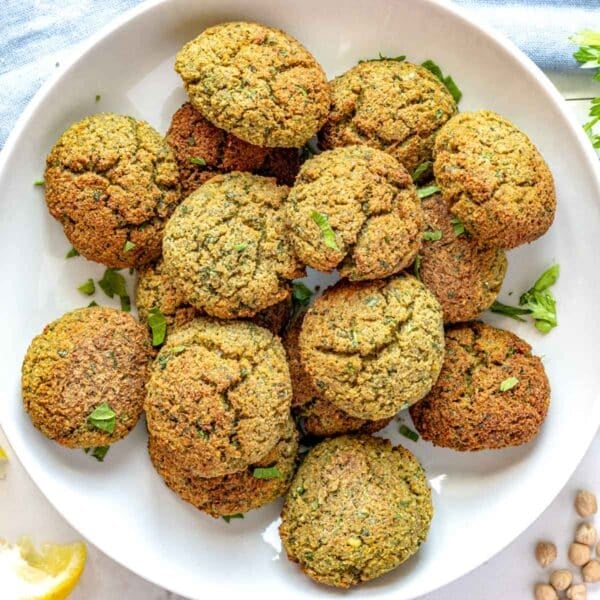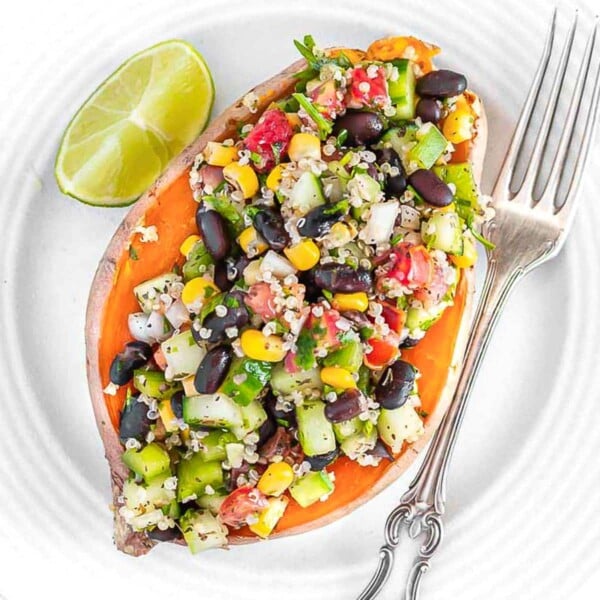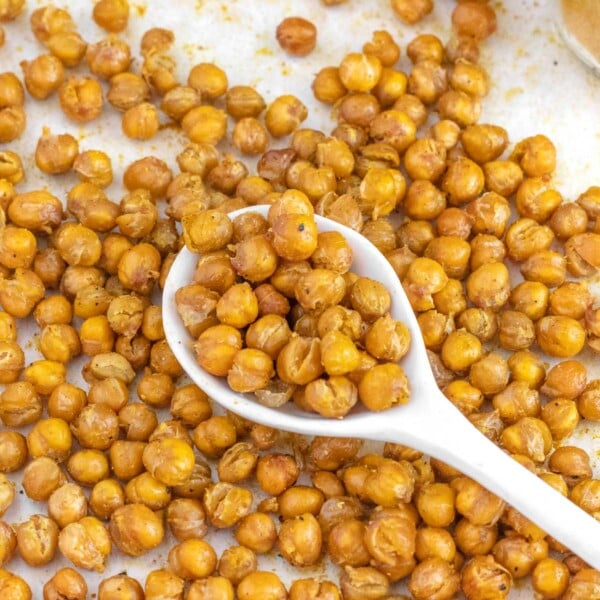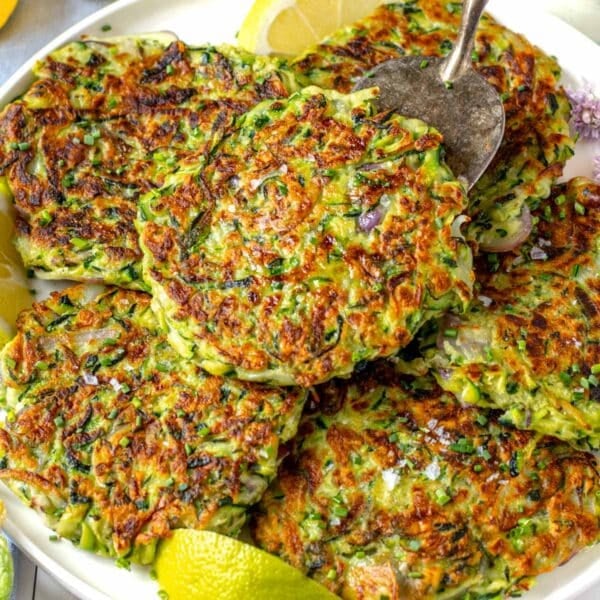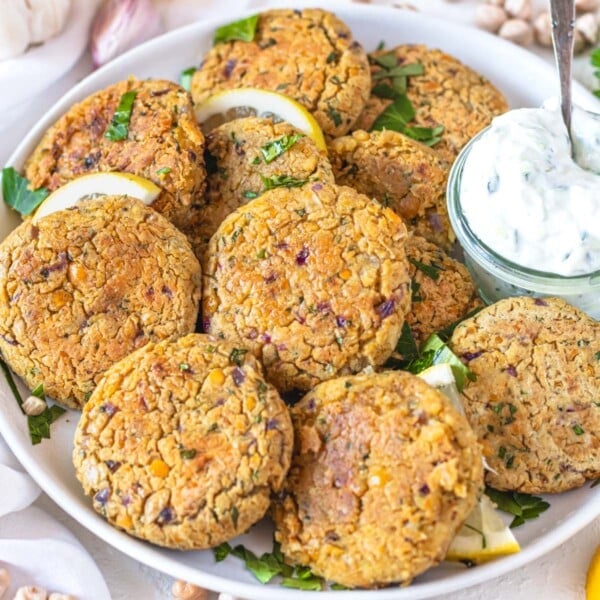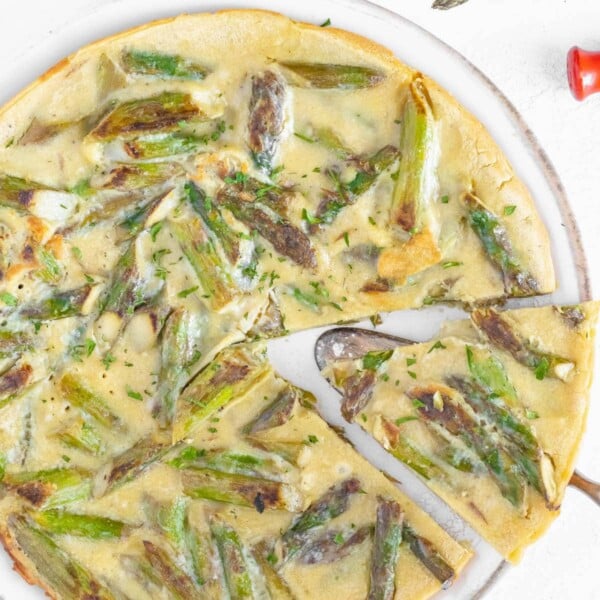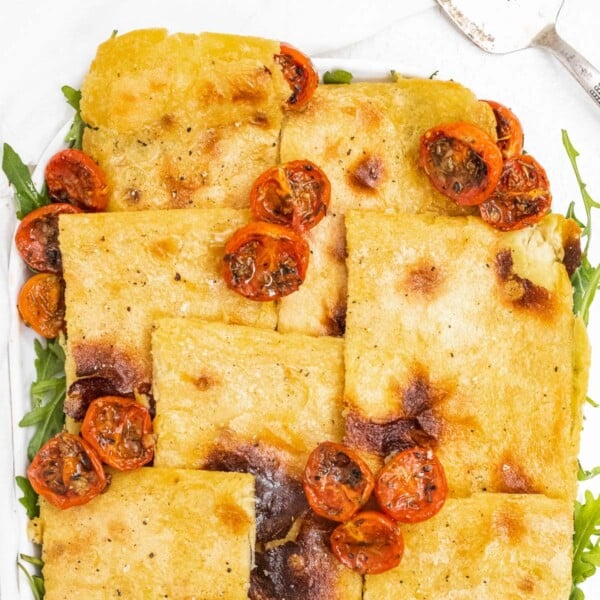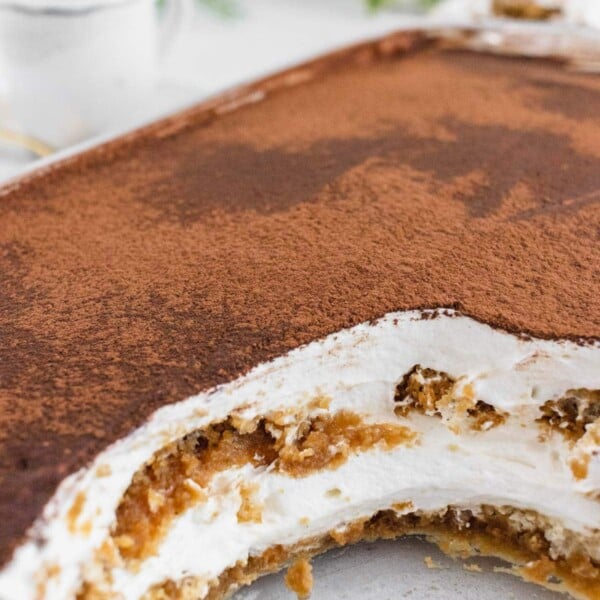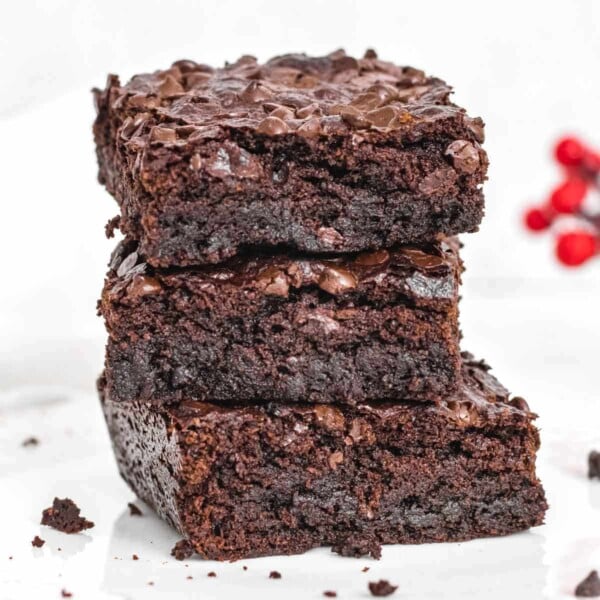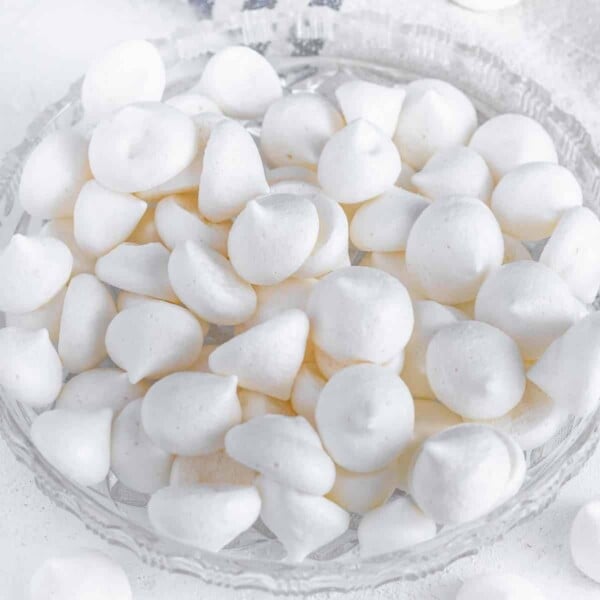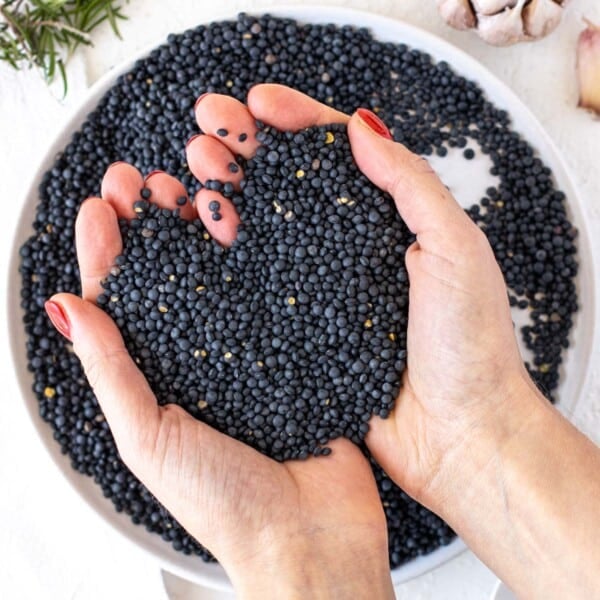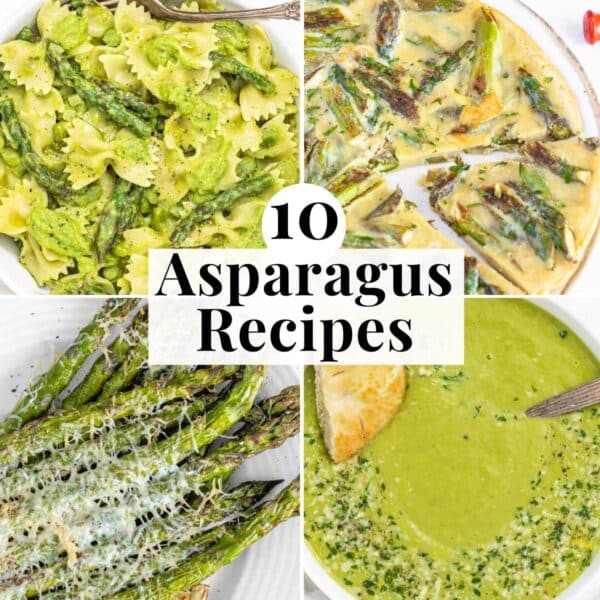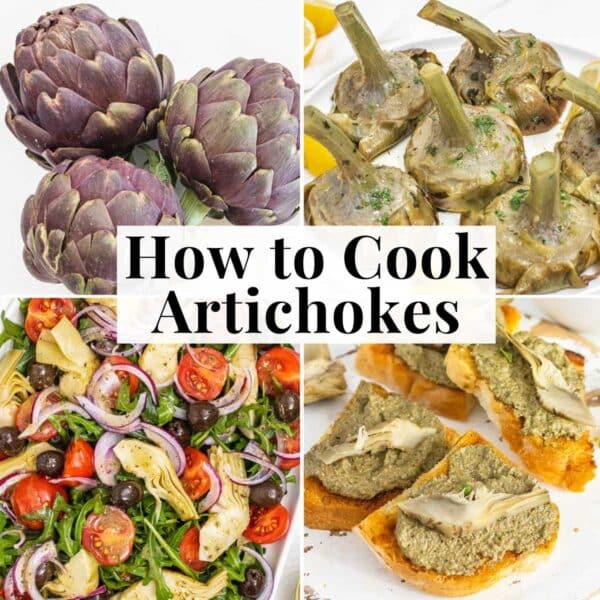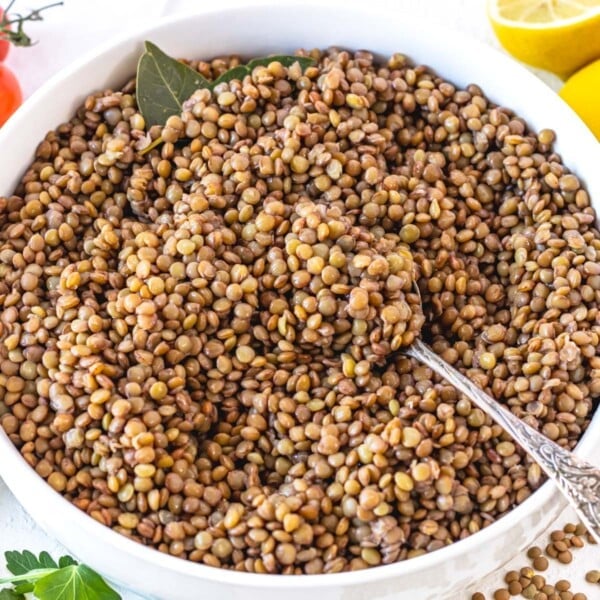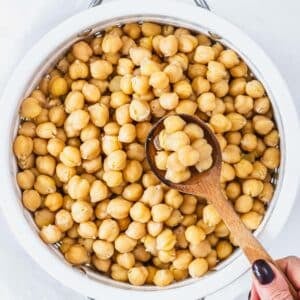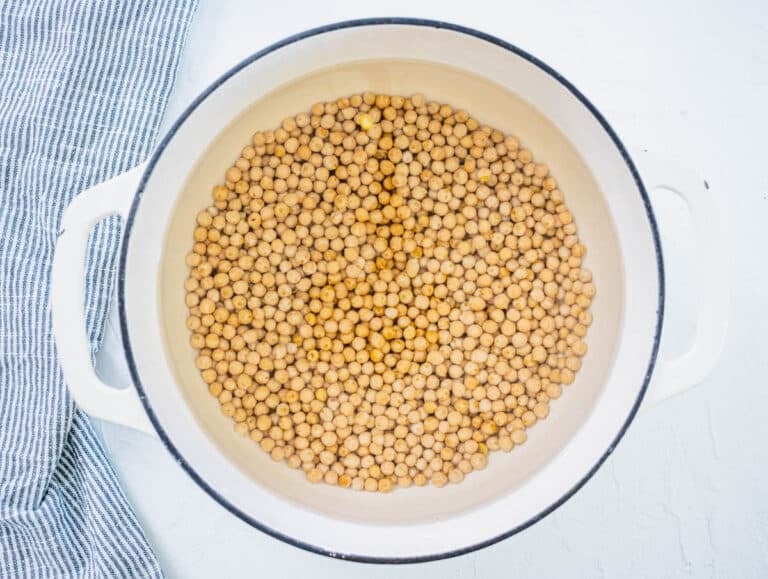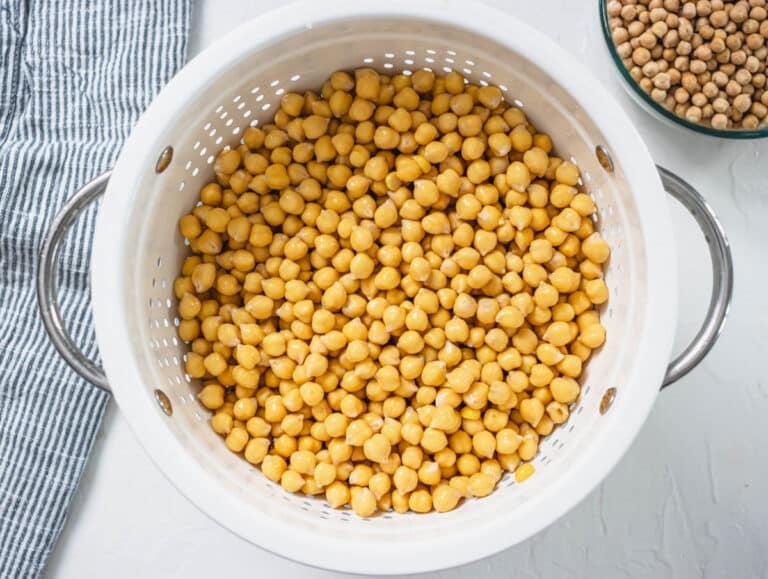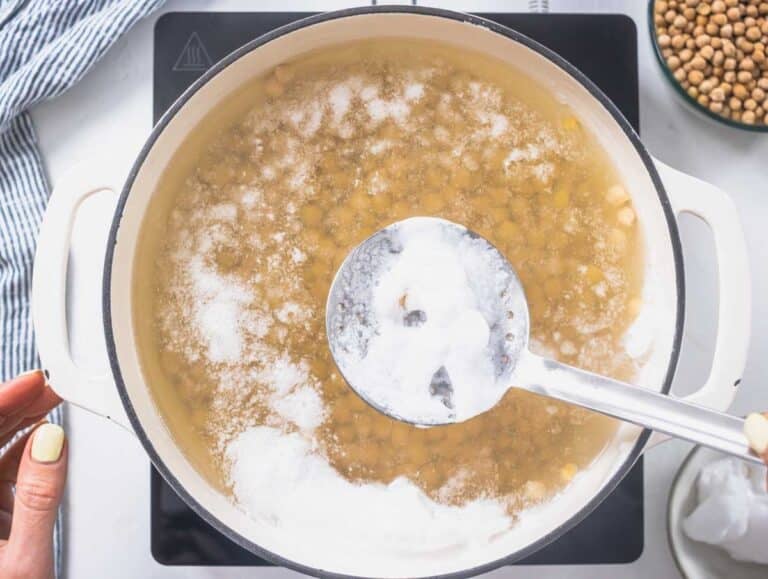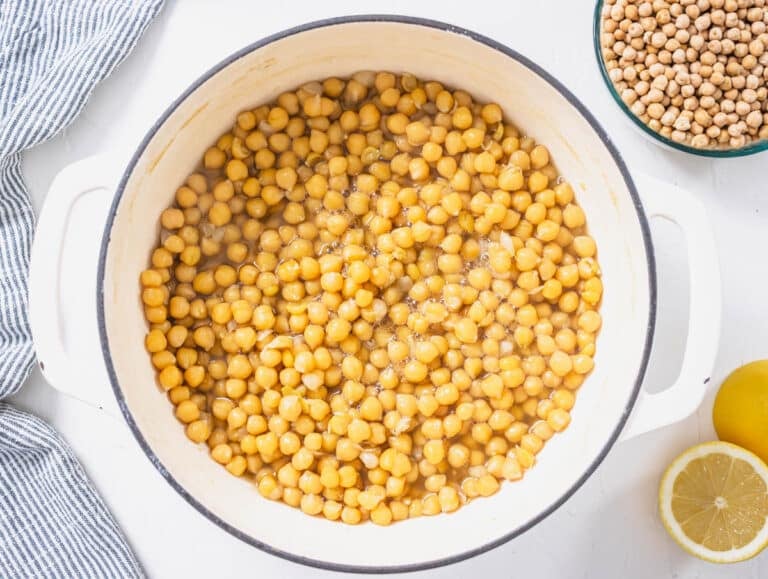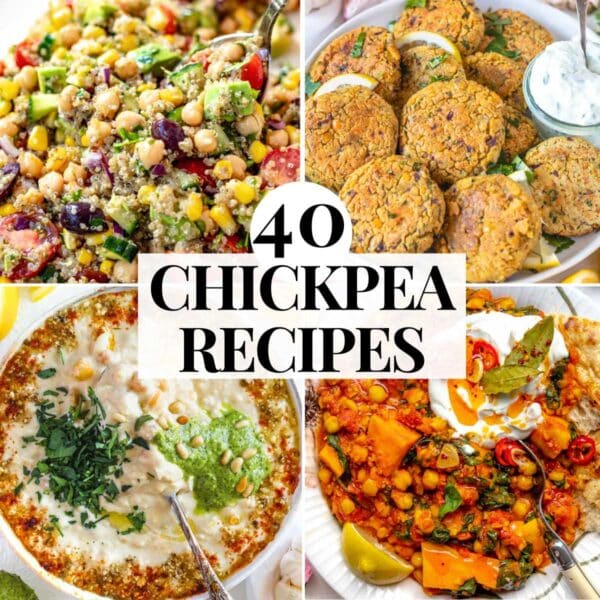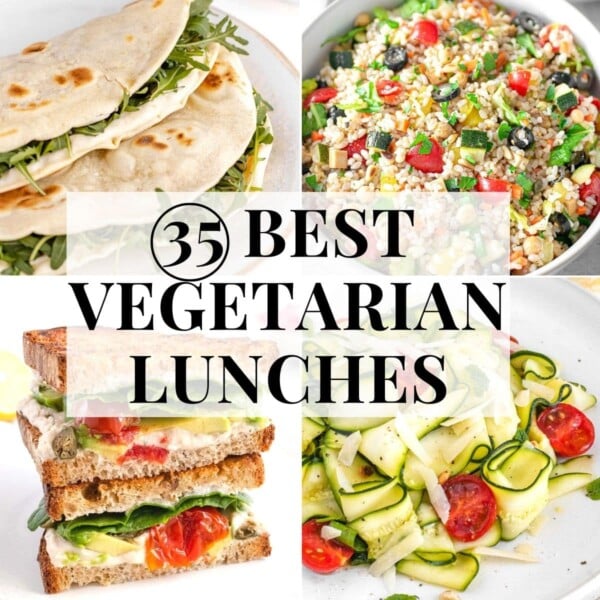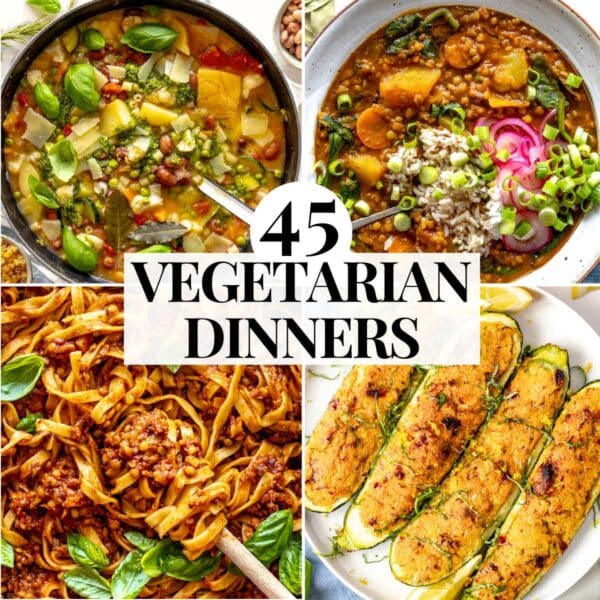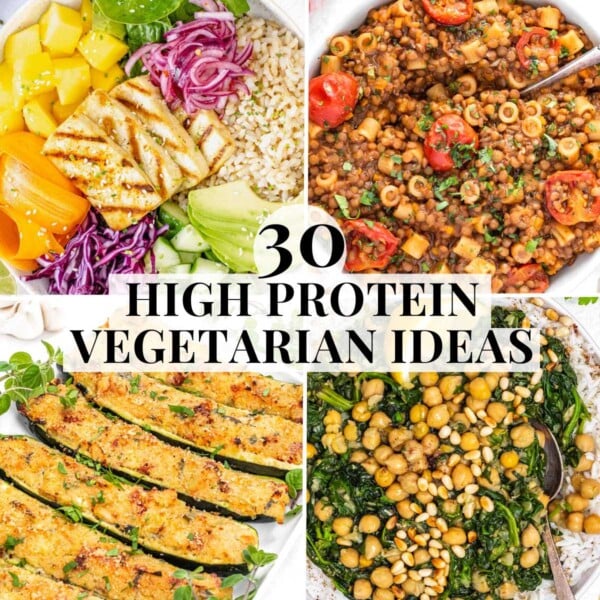Knowing how to soak and cook dried chickpeas and the different varieties, uses, and storage methods can be a game-changer for everyday cooking. Dietary Note: chickpeas are suitable for a vegetarian, vegan, and gluten-free diet. They are an excellent source of protein, have no cholesterol, and are low in saturated fats.Don’t have time to read the full blog post? JUMP TO RECIPE HERE!
What are chickpeas?
How to cook chickpeas video
Types of chickpeas
Kabuli chickpeas
How to soak chickpeas
How to cook chickpeas on the stovetop
How to cook chickpeas in the Instant Pot
How to store cooked chickpeas
Why cook chickpeas from scratch?
Should I add baking soda when cooking chickpeas?
More questions
Recipes with chickpeas
Curries with chickpeas
Chickpea curry Chana masala Pumpkin curry Eggplant curry Cauliflower curry Sweet potato curry
Pasta with chickpeas
Other chickpea recipes
Roasted chickpeas Air fryer chickpeas Falafel (serve them with hummus and pita bread) Microwave stuffed sweet potato Stuffed eggplant Mediterranean Bowl
Recipes with chickpea flour
More cooking basics
They are particularly used in the Mediterranean diet, Middle Eastern dishes, and South Asian cuisine. In India, chickpeas are mixed with flavorful spices and used daily as a staple. Think of chana masala, chickpea curry, and cauliflower curry. In Italian cooking, they are used in comforting home-cooked recipes like pasta e ceci and chickpea soup, regional recipes like farinata, and quick and easy recipes like farro salad and chickpea pasta salad. They are an affordable and healthy protein source in canned, dried, and flour forms. They are also environmentally friendly, with one of the lowest greenhouse gas emissions scores of all protein sources. Their flour and cooking water (aquafaba) can effectively be used as an egg replacement. Think of recipes like our hummus pasta, chickpea frittata, chickpea frittata muffins, chickpea tuna salad, roasted chickpeas, and curried chickpea salad. You’ll never get bored of this versatile, delicious, and wholesome ingredient. They are the most common variety in the USA, Europe, Australia, Mediterranean, and Middle-Eastern countries.They are light-beige in color and are commonly used in Mediterranean and Middle Eastern recipes. Kabuli chickpeas come in two sizes: large and small. Large chickpeas take longer to cook and have thicker skin. They keep their shape well and are best for soups, stews, and salads. Small chickpeas are best for hummus, falafel, and any chickpea-based spread. They have a thinner shell, cook quicker than large chickpeas, and are ultra-creamy when blended.
Desi chana
Desi chana is a popular variety in India and South Asia. It is smaller than Kabuli chickpeas and has more rugged skin. Desi chana can be dark brown, green, or speckled. Desi chana comes in two forms: whole or hulled and split. Split desi chana, also known as split chickpeas or chana dal, is used to make the homonymous Indian dish chana dal.
Ceci Neri
Ceci neri, or black chickpeas, is a small ancient variety found in Italy, especially in the center and southern regions of Umbria, Apulia, and Basilicata.Fallen into disuse in the last century, ceci neri are now coming back as a gourmet ingredient thanks to their incredible taste and impressive nutritional value.
Traditional Soaking Method (recommended)
Rinse the chickpeas under running water to remove soil debris and dust. Add the rinsed chickpeas to a large pot or bowl. Add plenty of water to cover them by at least 3 inches or 8 cm. Soak chickpeas for 12 to 48 hours. They should double or triple in volume. If soaking for more than 12 hours, put them in the refrigerator. If making hummus, soak for at least 24 hours in the fridge. Drain and rinse the soaked chickpeas well before cooking them in fresh water. Note: as the dried chickpeas soak, enzymes help break down proteins and complex carbohydrates, making the chickpeas more digestible. This fermentation produces a gassy, earthy, almost eggy smell; be assured that this is normal and that your chickpeas are fine.
Quick Soaking Method
Rinse the chickpeas under running water to remove soil debris and dust. Add the rinsed dried chickpeas to a large pot. Add plenty of boiling water to cover them by 3 inches or 8 cm. Stir in a teaspoon of baking soda to help soften the skin and speed up soaking. Cover with a lid and soak for 2 to 3 hours. Then drain, rinse, and cover with fresh water before cooking them.
No Soak Method
If you own an instant pot or pressure cooker, you can cook the chickpeas without soaking in about 45 to 60 minutes, covered with 1 inch of water (2.5 cm). Even when we cook the chickpeas in the instant pot, we prefer soaking them for at least 8 hours, making them more digestible and less gassy. Cover them with fresh water by at least 2 inches or 5 centimeters. Stir in a teaspoon of baking soda to help their skin soften (add 2 teaspoons if using chickpeas to make hummus). Bring to a boil, then lower the heat and simmer until the skins split and the chickpeas are soft but retain their shape. Cooking time can vary between 60 to 120 minutes, depending on their size. After 30 minutes of simmering, add a tablespoon of sea salt. With a spoon, skim off the foam that forms on the surface. Check for doneness by pressing one chickpea between your thumb and index finger. It should be tender and mash easily. Don’t discard the cooking water or aquafaba. It’s excellent for making hummus, vegan meringue, chocolate brownies, and more. Tip: If you cook chickpeas to make hummus, extend the cooking time by about 15 minutes. You can add a teaspoon of salt and 1/2 teaspoon of baking soda if you use chickpeas for hummus. Close the lid and pressure cook on high for 5 to 8 minutes for small chickpeas and 10 minutes for large chickpeas. Tip: You can select the beans mode if your pot has it, or go custom mode, high pressure, adjust time, no reminder. Manual release the steam, remove the lid, and you are done.
How to cook chickpeas in a slow cooker
Place soaked chickpeas in a slow cooker, cover with 3 inches of water, and cook on low for 6-8 hours or until tender. This method is the slowest and is only recommended if you have a slow cooker you trust and can leave unattended while the chickpeas cook. Let them cool down at room temperature, transfer them to the fridge, and store them for 3 to 4 days. FREEZER: Let the chickpeas cool to room temperature, drain them, transfer them to freezer bags, and freeze them for three months. You can reserve the cooking liquid to make hummus. Freeze it separately from the chickpeas in a jar for three months. THAW & REHEAT: Defrost chickpeas in the microwave or over several hours in the fridge.You can add frozen chickpeas directly to soups and stews. Reheat in the microwave or stovetop in a saucepan with boiling water. So, if you are short on time and want to eat more legumes, go for it. It is a lot better to eat canned chickpeas than no chickpeas at all! However, after a few years of eating canned chickpeas, we finally switched to dried chickpeas. Here is why we prefer using dried chickpeas over canned ones:
Better taste
Canned and jarred chickpeas often smell foul, and because they sit in their cooking liquid for months, their flavor is somewhat compromised.Homecooked chickpeas taste fresher and nuttier than canned and have no foul smell. As they cook, they fill your house with a comforting nutty aroma. They taste beautifully nutty and creamy, and we noticed we eat a lot more of them simply because they taste better.
Better texture
Canned chickpeas are often undercooked and sometimes overcooked. They can have a grainy texture, and they are all but creamy. Soaked and homecooked chickpeas are beautifully creamy, and you can cook them to your liking by tasting them as they simmer. For example, if you make hummus, you can cook them a little longer with a small amount of baking soda to soften their skins. You’ll have the best hummus of your life. If you make curries or salads, leave them al dente to keep their shape in the final dish.
Control the ingredients
It’s hard to track where canned chickpeas grow. When purchasing dry chickpeas, we can support local farmers and ensure we get the highest quality product. You can choose organic chickpeas, control the amount of salt, and avoid all preservatives. You can add spices and herbs like cumin or bay leaves to customize their flavor.
They are cheaper
While canned chickpeas are certainly not expensive, dried chickpeas are 2 to 4 times cheaper, even factoring in the energy required to cook them. Plus, you can cook them in batches and store them in the freezer for months.
Sustainability
Consuming canned chickpeas is already massively beneficial to the environment, especially if you substitute them for meat and dairy. Now, imagine not having to produce and transport all the cans and jars of chickpeas. That’s a huge impact. So, we add 1 teaspoon of baking soda when cooking 2.5 cups or 500 grams of chickpeas for salads or other uses. If making hummus, we add 2 teaspoons of baking soda to the cooking water for every 2.5 cups/500 grams of chickpeas because, for hummus, we want chickpeas to be very tender.
Benefits of adding baking soda
Softer chickpea skins
Baking soda makes the water alkaline. This helps break down the pectin in the chickpea skin, making it softer and easier to cook. This results in chickpeas with a creamier and softer texture.
Shorter cooking time
Also, because the skins are softer, the chickpeas cook faster. A negative side effect is that the chickpeas might overcook and get mushy. Also, too much baking soda will make the chickpeas taste funny, almost soapy. So don’t add more than 1/2 teaspoon of baking soda per cup of dried chickpeas. They are excellent for making tasty snacks and appetizers, wholesome and delicious breakfasts, and endless main courses and side dishes. They pair well with most veggies, grains, spices, herbs, garlic, lemon juice, and olive oil. Here are some ideas for how to use them.
Chickpea Spreads & Dips
Hummus Hummus without tahini Fatteh Roasted pepper hummus Vegan chickpea tuna
Fatteh (Pita, Hummus, and Yogurt)
Hummus
Roasted Red Pepper Hummus
Vegan Tuna
Moroccan Chickpea Stew
Spinach Stew
Vegetable stew
Harira Soup
Eggplant Curry
Chickpea Curry
Chana Masala
Pumpkin Curry
Pasta e Ceci (Pasta with Chickpeas)
Chickpea Pasta Salad
Hummus Pasta
Eggplant Salad
Chickpea Salad
Farro Salad
Curry chickpea salad
Couscous Salad
Falafel
Microwave Sweet Potato
Roasted Chickpeas
Air Fryer Chickpeas
Zucchini Fritters
Chickpea Fritters
Asparagus Frittata (Vegan)
Farinata (Socca)
Vegan Tiramisù [No Nuts] + Vegan Ladyfingers
Vegan Brownies
Italian Almond Cookies
Vegan Meringues
How to Cook Black Lentils
How to Cook Asparagus (Easy Meals)
How to Cook Artichokes + Easy Recipes
How to Cook Lentils
40 Chickpea Recipes (easy meals)
35 Best Vegetarian Lunch Ideas
45 Easy Vegetarian Dinner Recipes
30 High Protein Vegetarian Meals
